PART FOURTEEN
PRESIDENT DONALD TRUMP STANDS AS A LONE BUT POWERFUL VOICE
AND BULWARK AGAINST A SOCIALIST TAKE-OVER OF OUR DEMOCRATIC
REPUBLIC AND OUR FREEDOMS!
What we, Americans, are witnessing today is the incestuous
union of technology, the Federal Bureaucracy and of radical,
hateful elements in Congress, in the social media and in the
Press, working in concert, at the behest of Billionaire
Neoliberal transnationalists, in a naked, reprehensible bid
to destroy our Great Nation and a free people, and all in an
attempt to usher into existence a new system of governance—one
devoid of once powerful Nation States—a neo-feudalistic
New Monstrous Collectivist World Order, one comprising a
few ruling “Elect Elites” on the one hand, and a
multitude of serfs, hundreds of millions of citizens, including
those of our own Country, citizens stripped of their citizenship
and of their fundamental rights and liberties; reduced to abject
servitude and misery, namely, the new Preterite (the
Damned), the new denizens of the New World Order.
This is the vision of Radical Left Marxists and
Antifa Anarchists—their notion of a paradise on Earth;
but really a hell-world they wish to bring to fruition, into
actuality. This is their vision of a new transformative America
that they would bequeath to us in lieu of that bequeathed to us
by the Founders of our Great Nation.
And insidiously, outrageously these Radical Left Marxists
and Anarchists use the very power inherent in our
Constitution and the very power of a free market economy upon
which our Constitutional Republic exists, against that very
Republic, and against the citizenry of this Nation. In so doing,
these Radical elements would dare rob the American people of
their birthright; all the while proclaiming that this a good
thing; that this should happen; that this must occur to bring
about equality and equanimity and justice; that this the way
things ought to be—reducing us all to squalor, unrelenting
malaise and poverty. It is happening before our very eyes,
gathering increasing momentum. And the words and actions and
methods of these Radical Left elements and Anarchists in
Government, in the Press, in social media, in the entertainment
business, in the information technology sector, and among the
citizenry itself are becoming more and more outrageous, more and
more bizarre, more and more acute.
Every day we see the worst excesses engaged in by those
malevolent forces bent on destroying all that most Americans,
the silent majority, hold most dear and sacred. And, only, we,
the American people, can prevent it from playing out to its
disastrous end, an end which means the destruction of our
Nation’s Constitution;
the loss of our people’s personal identity, history, culture
and personal autonomy; the end of the independence and
sovereignty of our Nation State, the end of our centuries old
system of laws, and justice, and jurisprudence: all of it gone;
and that this supposed to be a good thing! The end of the
exercise of our own Free Will!
HERE, BELOW, ARE DELINEATED, A FEW OF THE SCHEMES RADICAL
LEFT MARXISTS AND ANARCHISTS HAVE DEVISED AND UTILIZED TO
UNDERCUT THE CONTINUED EXISTENCE OF THE UNITED STATES, AS AN
INDEPENDENT, FREE REPUBLIC.
ENCOURAGE AMERICAN CITIZENS
TO ABORT THEIR BABIES, REDUCING THE POPULATION OF EDUCATED
AMERICANS, INCULCATED WITH A KNOWLEDGE OF THEIR CONSTITUTION AND
OF THEIR FUNDAMENTAL RIGHTS AND LIBERTIES
ENCOURAGE UNSKILLED,
ILLITERATE ITINERANTS TO EMIGRATE ILLEGALLY TO THE U.S., THEREBY
FOSTERING A NEW POPULATION OF DRONES, CONDITIONED TO SERVITUDE
AND IGNORANT OF OUR CONSTITUTIONAL REPUBLICAN FORM OF GOVERNMENT
AND OBLIVIOUS TO AND UNCONCERNED ABOUT THE IMPORT AND PURPOSE OF
OUR NATION’S FUNDAMENTAL, NATURAL, UNALIENABLE AND IMMUTABLE
RIGHTS AND LIBERTIES
ENCOURAGE THE AMERICAN
PUBLIC TO FORSAKE AND FORGET ITS UNIQUE HISTORY, HERITAGE, AND
CORE CHRISTIAN VALUES, THROUGH MEDIA USE OF PROPAGANDA; AND
THROUGH CENSORSHIP OF ALTERNATIVE VIEWPOINTS TO SUPPRESS ALL
DISSENT; AND THROUGH NOXIOUS, INCESSANT, REPETITIOUS
CONDEMNATION OF AND EVEN ASSERTIONS OF HATRED, ABHORRENCE
DIRECTED TOWARD OUR NATIONAL EMBLEMS, AND THROUGH ASSERTIONS OF
LOATHING DIRECTED TOWARD OUR NATION’S INSTITUTIONS, AND
THROUGH ATTACKS AGAINST OUR NATION’S WELL-DEVELOPED AND
HONORED SYSTEM OF LAWS AND JURISPRUDENCE THAT HAS WELL STOOD THE
TEST OF TIME; AND–AS IF ALL THAT WERE NOT HORRENDOUS
ENOUGH–THROUGH INCESSANT ASSAULTS DIRECTED AGAINST OUR
NATION’S ILLUSTRIOUS, LOVING FOUNDING FATHERS—AS THE
MAINSTREAM MEDIA OUTRAGEOUSLY QUESTIONS WHETHER THE FOUNDING
FATHERS, THE FRAMERS OF OUR SACRED CONSTITUTION, EVEN DESERVE
OUR CONTINUED REVERENCE AND DEVOTION
SUBVERT AND SUBORDINATE THE
SUPREMACY OF OUR CONSTITUTION AND STATUTES THROUGH ATTEMPTS TO
BIND OUR NATION TO SECRETIVE INTERNATIONAL PACTS AND TREATIES,
IN ORDER TO UNDERMINE OUR NATIONAL SOVEREIGNTY AND INDEPENDENCE
AND TO UNDERCUT THE PHILOSOPHICAL UNDERPINNINGS OF OUR NATION,
GROUNDED ON THE IMPORTANCE OF THE INDIVIDUAL: OF INDIVIDUAL
AUTONOMY AND INTEGRITY AND SANCTITY OF SELF
DIVIDE THE NATION AGAINST
ITSELF THROUGH THE MECHANISM OF IDENTITY POLITICS
RAISE THIS IDEA OF
VICTIM-HOOD TO THE LEVEL OF A VIRTUE AND HOLY PRINCIPLE, INSERTING
THIS FALSE IDEA INTO THE MIND AND PSYCHE OF THE AMERICAN
CITIZEN; TO CREATE IN THE AMERICAN PUBLIC A SENSE OF COLLECTIVE
GUILT, THEREBY WEAKENING THE RESOLVE OF OUR NATION’S CITIZENRY
TO THWART ATTEMPTS TO DESTROY A CITIZENRY’S PRIDE IN SELF AND
NATION
INDOCTRINATE THE YOUTH OF
OUR NATION TO ACCEPT COLLECTIVIST TENETS AND MARXIST POLITICAL
AND ECONOMIC PRINCIPLES AS SUPERIOR TO THE TENETS OF
INDIVIDUALISM UPON WHICH OUR NATION’S CONSTITUTION RESTS
AND UPON THE NOTIONS OF PERSONAL PROPERTY AND OF FREE MARKET
CAPITALISM, THAT ALONE ARE CONSISTENT WITH THE IMPORT AND
PURPORT OF OUR CONSTITUTION AND OF THE STRUCTURE OF A FREE
REPUBLIC
REEDUCATE THE ADULT
POPULATION OF OUR NATION TO ACCEPT THE PRECEPTS OF COLLECTIVISM,
TO CREATE A SENSE OF DEPENDENCY OF THE POPULATION ON GOVERNMENT
TO SATISFY THE POPULATION’S NEEDS AND WANTS
TO CRUSH THE INDIVIDUAL INTO
SUBMISSION BY INCULCATING IN THE POPULATION A DESIRE TO BELONG
TO THE GROUP THROUGH PRE-PROGRAMMED BEHAVIOR—DEFINED BY
AGENCIES OF GOVERNMENT—THEREBY THWARTING THE PUBLIC TO RISE UP
AGAINST THE TYRANNY OF GOVERNMENT.
DISARM AMERICAN CITIZENS TO
PREVENT THOSE WHO DO NOT COMPLY WITH THE NEW COLLECTIVIST
PHILOSOPHY FROM SECURING FOR THEMSELVES THE MEANS TO HOLD
GOVERNMENT ACCOUNTABLE TO THE PEOPLE
A compliant propaganda-laden Press, sold on the idea
of a Marxist style one world Government—a vision of global
domination of all Western Nation States, contemplating the end
of the very notions of ‘nation state’ and ‘citizen
of a nation state’—has demonstrated an ecstatic
willingness and resolve to work on behalf of and to take its
marching orders from the Marxist enterprise that the
Democratic Party has slowly, inexorably, and inevitably devolved
into. And, this Political Party, in turn, in all likelihood,
takes its marching orders from our ostensible “allies”
in Europe, in whom the Party shares common cause.
And, what is that common
cause? It is nothing less than the destruction of
the sovereignty and independence of all Western Nations, along
with the subjugation of the polity of those Nation States,
including the citizenry of the United States.
And, who are these purported
allies of the Democratic Party? They include the
innately and highly secretive, extraordinarily powerful,
inordinately wealthy, inherently corrupt, abjectly ruthless,
hedonistic and amoral, and insufferably decadent Rothschild
clan and the clan’s minions, most infamously, George
Soros—whom, curiously, Fox News has just begun
to mention on its nightly news programs. And, how long shall it
be before the Fox News media organization demonstrates
the moral courage to mention the name, Rothschild,
itself—the Centuries old family, inbred, through the ages,
with the royalty of Europe—in whom plans were first drawn up
for domination of the nations of the world, and that remains
today the principal architect of plans for the dissolution of
the Nation States of Europe and of the United States.
Simply witness the impact that implementation of their plans
have had on the citizenry of the Nations of the European Union.
The creation of the EU just didn’t happen by
accident. The Blueprint for its construction began long ago,
actually centuries ago, with the creation of the diabolical and
horrific Central Banking System through which wealthy
financiers, commencing with the ruthless Rothschild clan
would be able to, were in fact able to, and were desirous of
controlling the destines of Nations. And, the descendants of
the family Patriarch, Mayer Amschel Rothschild, have
been machinating to bring their schema for a trans-global
political, social, economic, financial, legal, and cultural
system of Governance—the New World Order—to fruition.
What Americans are witnessing occurring in their own Country,
and what native populations of the Nations of the EU
are now witnessing occurring in Europe, is the gathering storm
of disaster for European and U.S. citizens alike—a cascading
sequence of events—a horrific, cataclysmic reconfiguration of
the entirety of Western Civilization into something out of
science fiction–a Dystopian nightmare reality, for the
populations of of Europe, and for the citizenry of the United
States, from which no one can awaken.
_____________________________________________
PART FIFTEEN
THE GREAT THREAT TO OUR NATION’S SURVIVAL COMES NOT FROM
RUSSIA OR CHINA, BUT FROM RADICAL ELEMENTS HERE AT HOME, FED BY
SO-CALLED “ALLIES” FROM ABROAD.
The Arbalest Quarrel has been warning about the
threat posed to our Nation and to the Nations of Europe, by the Rothschilds;
and we have discussed both the fact of and the nature of the
attack by the transnationalist one-world, Government crowd on
all that the populations of Europe and Americans, at home.
Europe may not be salvaged, given the merciless grip of the Rothschild
clan on Europe; but, then, apart from Nationalist fervor, a
love of one’s Country, and history, and culture, and language,
the citizenry of those Nation States of Europe did not have,
and do not have a Bill
of Rights to bind Governments and truly protect
the rights and liberties of the populations of those Nation
States, from tyranny.
Americans, however, do have,
in their Bill of Rights,
that the framers of our Nation, lovingly and wisely gave to
us, the means through which the citizenry’s natural,
fundamental, unalienable, immutable rights, bequeathed to that
citizenry from a Loving, All
Powerful Creator—are able to hold fervently and ably onto
their individual autonomy. Individual
autonomy, secures, for each American citizen, through the
Nation’s Bill of Rights, in
clear, categorical, imperatives, the definitive proclamation of
one’s right to be left alone; that each individual American
citizen has the right as an individual to
truly remain individual.
Our Bill
of Rights is the living
testament to The Creator’s Divine Imperative—that Government
cannot, ever, lawfully deny to the American citizen the
Integrity of Self-hood; for the Creator gave to each of us an
individual living Soul. The Human Soul is a unique marker,
defining one’s existence as an individual. And the very
existence of our Bill of Rights makes that fact plain. The
import of Individual Expression and Individual Autonomy
succinctly and clearly exemplifies us as Americans.
But, how do Americans best protect their Sacred,
Inviolate Self, against the evil of Government? By
force of arms. For it is
only by force of arms that Government, a necessarily corrupt,
artificial construct, must forbear, from imposing its will on
the individual American citizen.
It is only through the codification of the
right of the people to keep and bear arms in the Second
Amendment that the might of the Federal Government
is kept well in check. The Radical Left and the Progressive
elements in society know this. And the Transnational
Neoliberal Globalists know this. And the Radical
Anarchist Group, Antifa—that horrid, disgusting group of
malcontents knows this, too.
Antifa is beginning to learn about the power of
firearms. Not incidentally or accidentally, the Globalists
are arming members of Antifa, with knives and
other weapons. The public has recently heard about this from the
Radical cable networks, like CNN, that oddly argue that this is
a good thing. Likely, Globalists are also beginning to
surreptitiously provide Antifa with firearms, teaching them how
to use firearms to attack Americans who merely seek to uphold a Constitution
and free Republic, in the form the founders gave to the people
of our Nation that we would remain free from the heavy
hand of Government control; that Government should know and
accept, even if only grudgingly, that each American citizen is
an individual, who should be permitted to carve out his own
destiny in America, as long as he harms no one else; that the
life, well-being, and individual autonomy of each American
citizen is sacrosanct, and inviolate. But the
transnationalist Globalist elite find that idea offensive,
repugnant, even; and, so they find an armed citizenry
intolerable, as it upsets their plans for world domination. So
it is likely beginning to arm those groups that do its bidding,
like Antifa. And the mainstream
media, a Seditious, virulent, Press, misusing the power the
framers gave to it through the First Amendment, acts as an apt
and pompous and singularly duplicitous, hypocritical apologist
for the worst excesses carried out by that Group—rationalizing
the Antifa’s heavy-handed tactics as just and necessary.
And, so, through the medium of “fake news,” the mainstream
Press conducts a virulent, vicious, merciless campaign on
the Bill of Rights–condemning especially the free exercise of the
right of the people to keep and bear arms. The Press
maliciously, sanctimoniously engages in an incessant
reprehensible attack on the sanctity of our Nation’s Constitution
and on the supremacy of our Nation’s laws.
The mainstream Press engages
in a continuous and vicious assault on our Country as an
independent Sovereign Nation State. It argues incessantly for
open borders, knowing full well that a Nation that cannot and,
in fact, is ordered by a corrupt Congress to refrain from
defending the integrity of its land, the integrity of its
borders, amounts to a wholesale denial of the right of a Nation
to exist as a Nation. In fact, the Radical Left, along with
Anarchists, openly assert that our Nation has no justification
for existing as an Independent Sovereign. And those sentiments
are echoed in the mainstream Press. We are to become, then, no
more than a geographic region, no longer a Sovereign State. And,
were that end to be realized, we would see as well that the very
notion of what it means to be a citizen of the United States and
the very notion of a what it means for a Country to exist as an
independent, Sovereign ‘Nation State,’ would become
meaningless concepts.
All that we have laid out here as true is now being openly
attested to by at least one major news outlet: Fox News,
as it rightfully condemns what it sees occurring in our Country;
enabled by a vicious, virulent, renegade Press. Thus,
the truth of what the Arbalest Quarrel relates to you,
our kind reader, is vindicated by a major news source. Yet,
it was surprising, to be sure, but both refreshing and wondrous
to hear the night show host, Laura Ingraham exclaiming with
singular clarity, to the insidiousness and ferocity of the
attendant dangers that Collectivists pose to our Nation’s
continued existence if, in the next few years, their vision
comes to fruition.
In case you missed the recent broadcast, here are a few
excerpts from the show that caught our attention (and more
available at the Fox
News website):
LAURA INGRAHAM: . . .
American identity under assault. That’s the focus of
tonight’s ‘Angle.’
The historical purge that
we’re witnessing all over the country. It’s part of a larger
agenda to destroy what it means to be American. And it’s
getting more audacious by the day. In St. Louis Park, Minnesota,
the geniuses on the city council there recently decided to ban
the Pledge of Allegiance from town meetings. Their reason, to
create a more welcoming environment to a diverse community.
Welcoming to everybody, but Americans who actually love the
pledge. Well, residents were rightly outraged by this insanity
and local Patriots turned out and they stood up to the city
council.
And then in San Francisco,
the public defecation capital of the world, taxpayers are going
to shell out $600,000 to paint over a George Washington mural
that offended a few snowflakes there. So, let me just get this
straight. People peeing in the fountains and stepping on dirty
needles. That’s not offensive. But the first founding father
is? Perfect.
So, why would anyone after
hearing these kinds of stories be surprised when someone like
Left, a soccer star Megan Rapinoe who knelt during the national
anthem back in 2016 still refuses to respect it today. Or when
midfielder, Allie Long drags the American flag on the ground
while representing the U.S. on the world stage. And while
mugging for the cameras then drops the flag like it’s a piece
of trash.
Thankfully another
midfielder, Kelly O’Hara picked it up. And of course, Rapinoe
discovered early on though really that you’ll win permanent
MVP status when you kick Donald Trump. Like when she used foul
language nixing any traditional White House visit to the
champions and this was before they even won the World Cup. [A
REAL HUMAN BEING isn’t she, THAT Rapinoe; and New York gives
the TEAM a ticker-tape parade; but for whom, exactly? Whom is it
that the TREAM represents? The United States? Even as the TEAM
drags our Flag on the ground? A bit discordant, no? Other
Nations must have been embarrassed for us].
The easiest path to social
media stardom today is one where you take cheap swipes at
American symbols and traditions and you must understand that the
Left truly believes America itself is illegitimate to its core.
What am I talking about? Well, its founding was fraudulent. They
believe its founding documents meaningless. All because of
slavery and the people who were involved in it. Our progress on
racial issues is conveniently ignored by cynical actors who are
frankly using these past horrors for a power grab and they hope
eventually a total reorganization of our society here and a
massive wealth confiscation. The phrase white privilege. Well,
it’s now the preferred weapon of choice and it’s used by
socialists know nothings to tar their political opponents and
avoid real debate. Only guess what? Now even old white Democrats
are in the privileged crosshairs.
AOC blasts everyone and
anyone any time of the day or night on social media. But when
the leader of her own party calls her out, she cries foul. No,
no Nancy is not a racist, but – well, but President Trump is
routinely subjected of course to this kind of attack while his
plan to put citizenship that question on the census was roundly
derided as racist by Democrats. And today, referring to that
issue, he shot back.
{VIDEO CLIP} DONALD TRUMP,
PRESIDENT: Now, they’re trying to erase the very existence of
a very important word and a very important thing, citizenship.
We must have a reliable count of how many citizens, non-citizens
and illegal aliens are in our country.
INGRAHAM: Bingo. How is this
controversial? Asking about citizens. It’s like a question
that has nothing to do with race at all. It’s about who is
American and who is not. [see Stephen
D’Andrilli’s UFT article republished, in
unabridged format in Ammoland
Shooting Sports News].
And by the way, African
Americans have been the most directly impacted by the mass flow,
massive flow of illegal immigrants in the United States. No
wonder polls now show that a majority of both black and Hispanic
voters support adding the question to the census. Are racing our
history our sense of who we are is making it easier to turn
America into just kind of another member of a globalist super
state.
Europeans sacrificed their
identities years ago on the altar of globalism, when they formed
the European Union. Look at what it got them.
INGRAHAM: Now, we may have
masked morons of ANTIFA to deal with. . . . There is a price for
surrounding your sovereignty and your identity. And we’re
going to pay it if we don’t defend our history and our
traditions. And that’s “The Angle.”
Joining me now is Victor
Davis Hanson, a Senior Fellow at the Hoover’s Institution.
Victor why can’t the Left see the value of symbols and
traditions that don’t blur the differences or the mistakes we
made but that have the effect of binding us together at a time
when so much else rips us apart.
VICTOR DAVIS HANSON, SENIOR
FELLOW, HOOVER’S INSTITUTION: I think they feel that if they
were to do that Laura, they would not win elections and that
they have to change the past and the present, so they can have
power in the future. It’s a war where demography, it’s a war
over making residents, the equals of citizens and in their view,
the argument that they’re advancing as we were so sin, we the
Americans were so sin at our origins, we can’t be modified,
adapted or improved. We have to be dismantled and reconstituted
on their agendas, according to their agendas and therefore
they’re going to have a lot of power and influence in the
future.
And so when you mentioned
all of these incidents of the San Francisco murals or the Nike
shoe controversy or the soccer team, this is the trench warfare
or these are the soldiers at the front who are fighting for
these elites that we see in the Democratic primary who are
advocating Medicare or health care for all, who cross borders,
who are escorting people illegally into the United States, who
are attacking the past, demanding reparations or the New York.
Remember the New York Times
video op ed where they said we’re just OK, we’re not really
exceptional or what Representative Omar detailed in a recent
Washington Post interview where she said, she was very
disappointed after leaving a refugee camp to see things
weren’t too good here in the land of her host.
And so, this is the – I
don’t know the raw side of what the elites are talking about,
but it’s the same agenda, it’s to create a new future by
reconstituting or redefining the past and the present. INGRAHAM:
And Victor, don’t you agree if America herself is
illegitimate. Of course, the founding documents and the
principles undergirding those documents either have to be
completely swept away and rewritten because they were written by
a bunch of all racist white guys or many of them old racist
white guys. That has to be rewritten, reconstituted, reformed,
refounded as something very different. That seems to be where
this is going. Because there is no concern for actual historical
reference, historical context. It’s either evil or good—. .
. .
HANSON: No, there isn’t.
INGRAHAM: And everything in
the past is evil and everything now and present is good until
that becomes evil, I guess.
HANSON: Yes, we’re not a
physical society where we work all day in the field. So, we have
the luxury of affluence and security and leisure to think that
the world works the way your app does or your smartphone. And we
believe that if we’re not perfect then we’re not good and
that the sins of humanity which exists today, sexism, racism in
every country to a much greater degree than they do in the
United States. Those are uniquely our sins because we should be
perfect just like our technology.”
A few courageous broadcast networks and commentators, along
with our astute and heroic President, Donald Trump, recognize
the seriousness of the dangers facing our Nation and to its
citizenry and are meeting the forces that would dare crush us
into submission, head-on.
The real danger to our Nation’s survival as a free Republic
is not coming from, and never did come from
Russia, or even from China. That was deception—carefully
planned and carried out. How could those Nations harm us, fatally,
really? Think about that for a moment. The silliness of the
notion should be self-evident to all Americans. The public has
been played for fools, ever since Trump took the Oath of Office.
The true threat to our
Nation’s survival as a free Republic is coming from so-called
allies of us—the Commonwealth Nations and the EU; from
ruthless, corrupt, and powerful Neoliberal Globalists and from
those whom those Transnationalists, and Economic and Political
Globalists control and fund, and organize and promote, within
our Nation: the Radical Left; anarchist Groups, like Antifa,
from Left-wing social media Tech Giants; from corrupt
politicians and Government bureaucrats; and from a compliant
Press.
The Rothschild Globalist
“Elite,” has nurtured dissident elements within in our
Nation. years ago, these stooges of the Rothschild clan
and its minions were sold on the idea that the United States
must eventually be subsumed into transnational unified World
Government, transforming the entirety of the Western
Civilization into a neo-Feudalistic construct overseen by a
secretive, insular Global Aristocracy.
This is the unfortunate but true, insidious nature of the
real threat to our survival as a free Republic and a free
people: that we might lose
all we hold most dear and sacred from forces weakening us from within,
fed with the necessary funds and organizational might and
expertise from what the mainstream media refers to as our
“allies”–those reprehensible, loathsome, ruthless forces
from outside the U.S.
Copyright © 2018 Roger J Katz (Towne Criour), Stephen L.
D’Andrilli (Publius) All Rights Reserved.
This message may contain copyrighted material which is being
made available for research of environmental, political, human
rights, economic, scientific, social justice issues, etc., and
constitutes a "fair use" of such copyrighted material
per section 107 of US Copyright Law. In accordance with Title 17
U.S.C. Section 107, the material in this message is distributed
without profit or payment to those who have expressed a prior
interest in receiving it for research/educational purposes. For
more information go to: http://www.law.cornell.edu/uscode/17/107.shtml


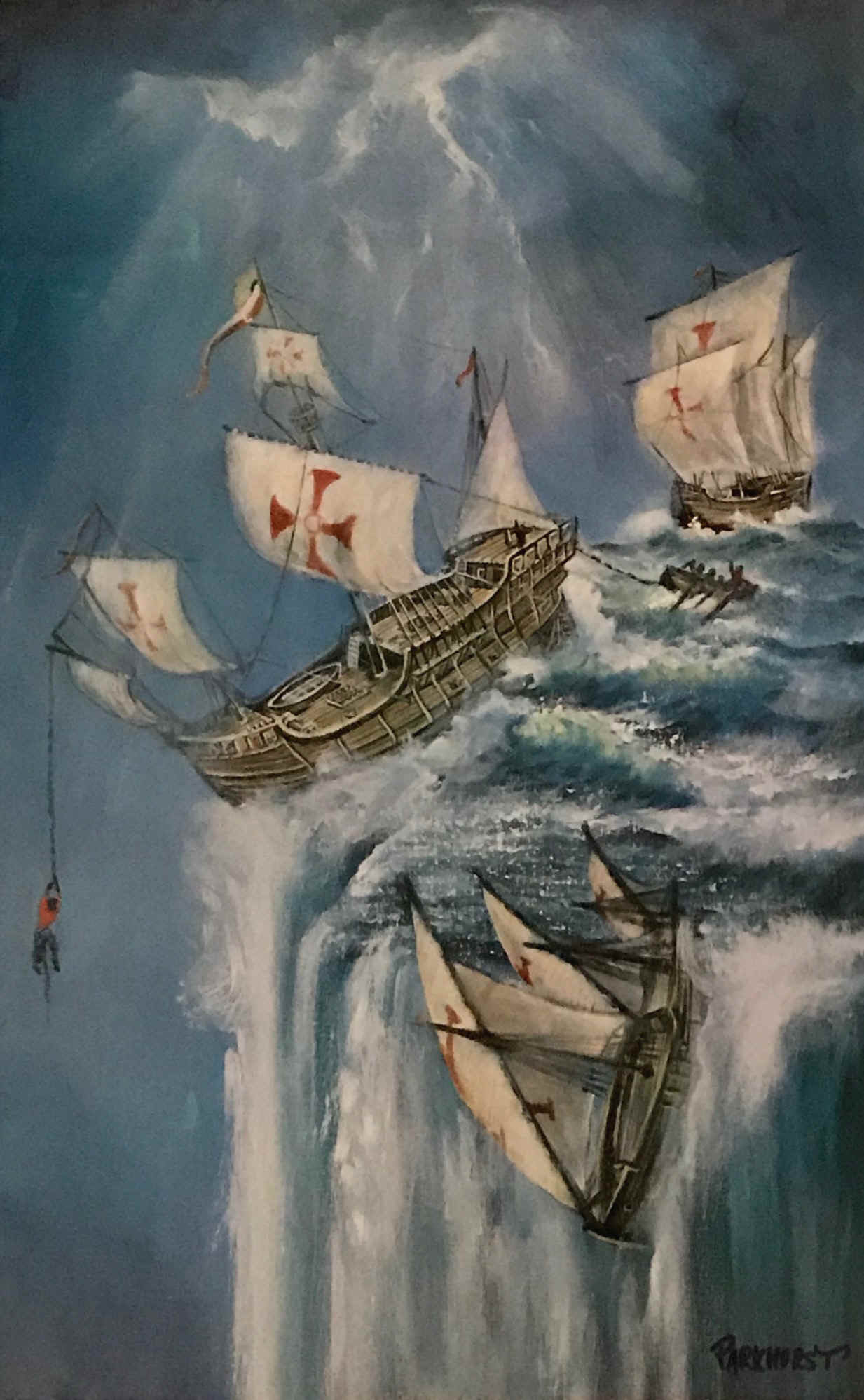







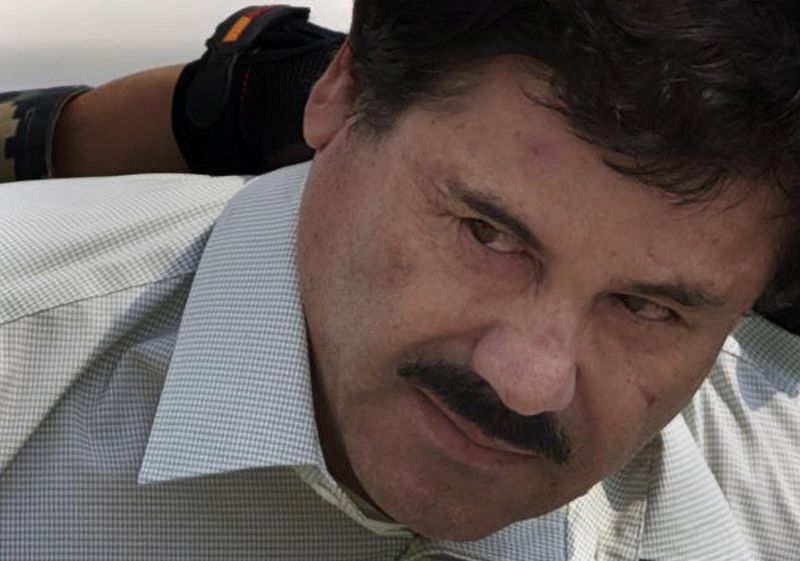
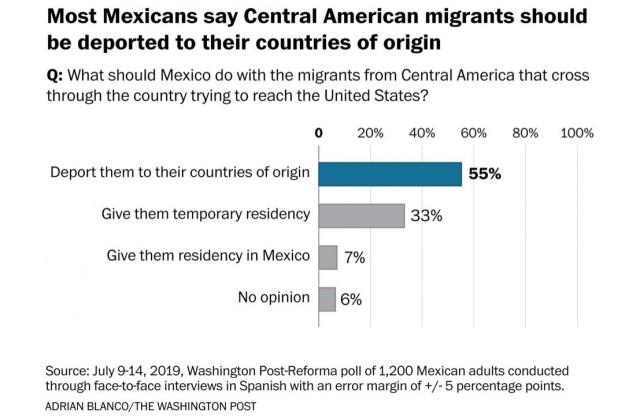

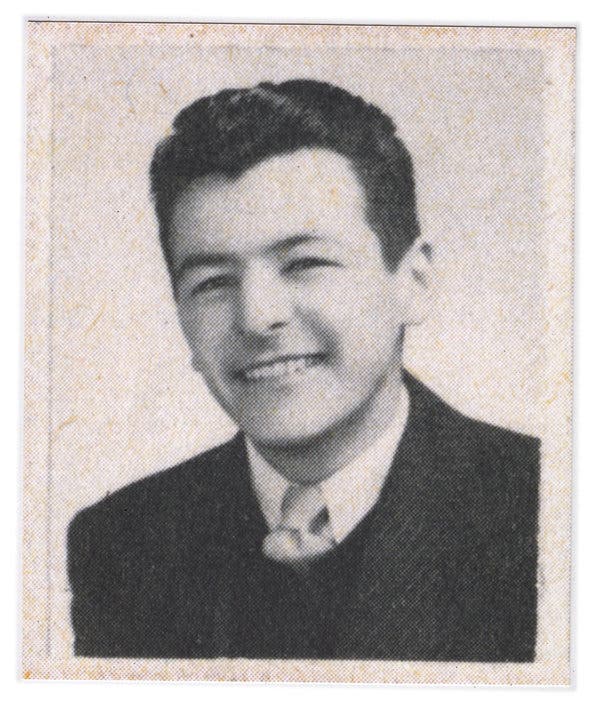
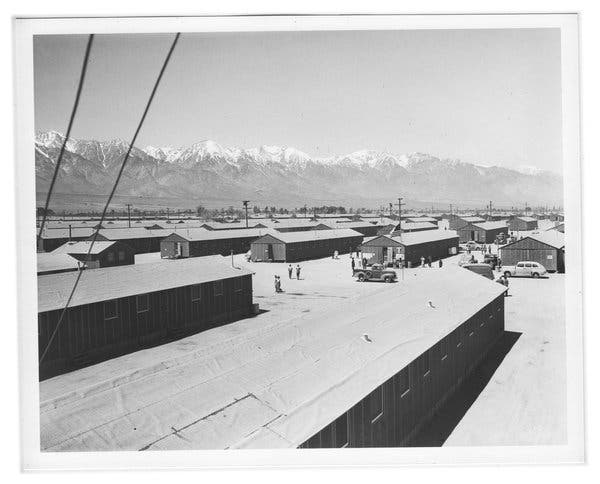
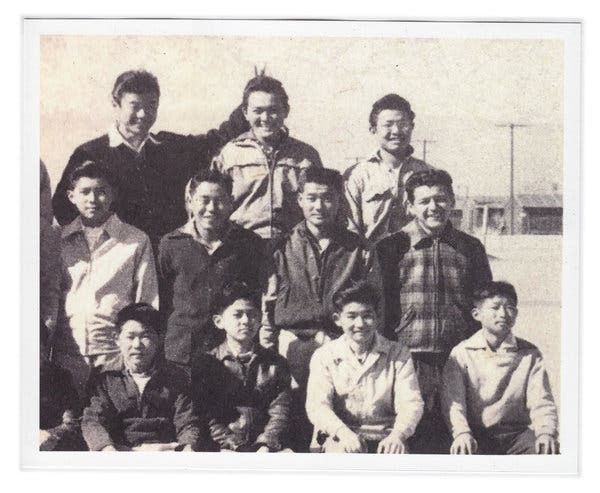



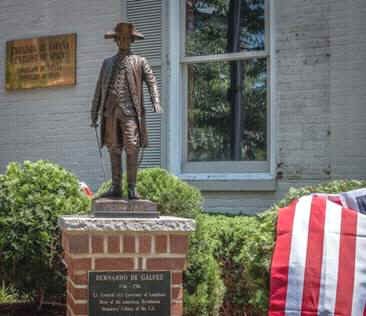
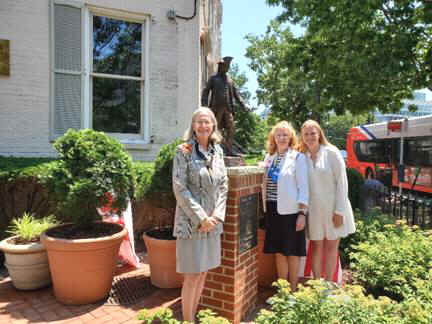


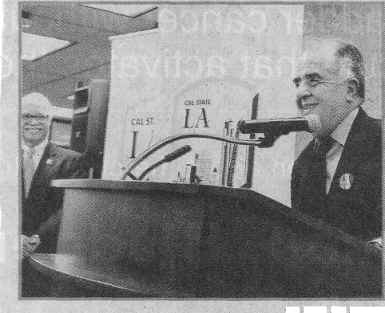 When
Raul Ruiz took to the podium last year at Self-Help Graphics for a
history symposium, many in the packed house were at first perplexed.
When
Raul Ruiz took to the podium last year at Self-Help Graphics for a
history symposium, many in the packed house were at first perplexed.
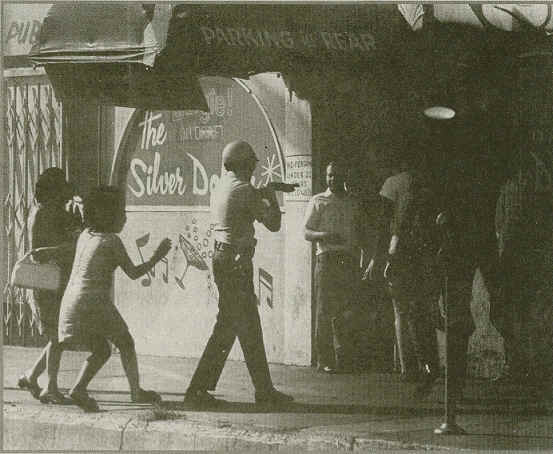




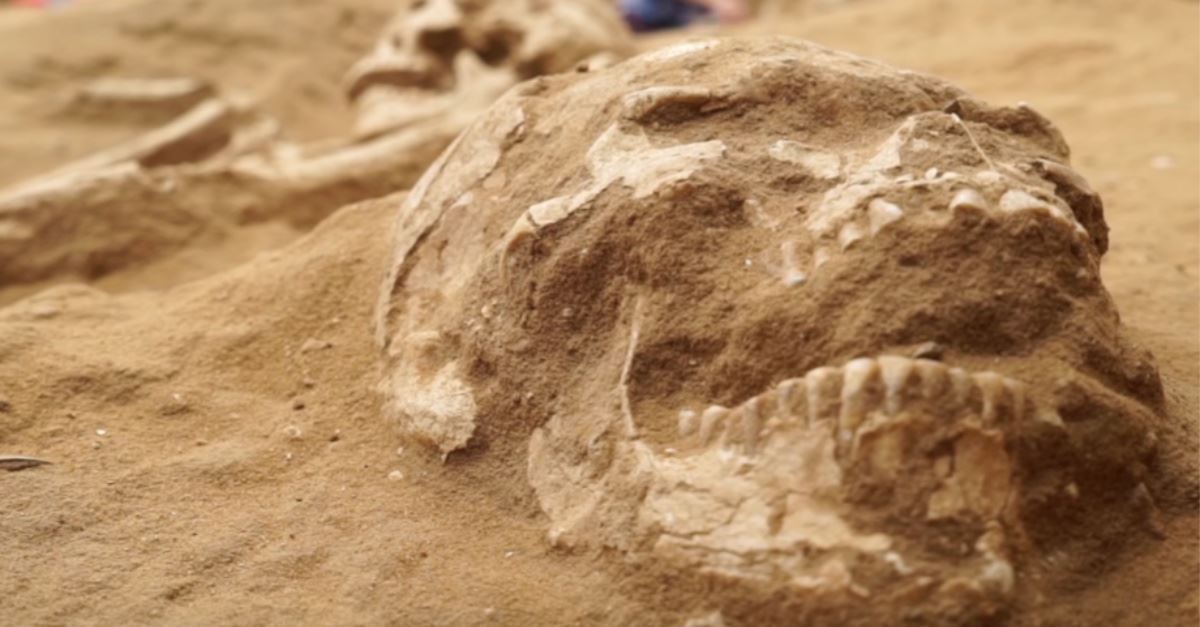
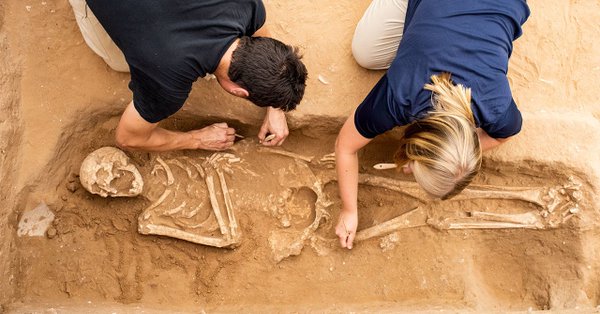
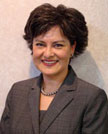
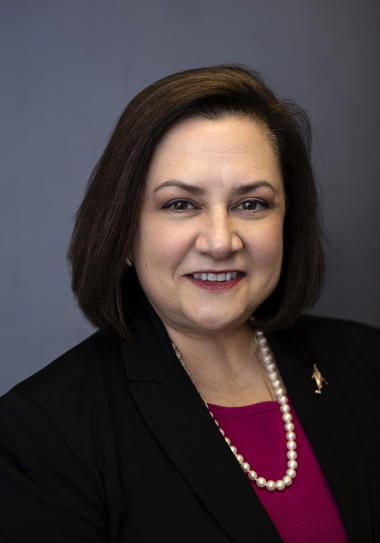 The
UNLV Office of the Executive Vice President and Provost named Lily
T. García the next dean of the School of Dental Medicine,
effective Sept. 1, 2019.
The
UNLV Office of the Executive Vice President and Provost named Lily
T. García the next dean of the School of Dental Medicine,
effective Sept. 1, 2019.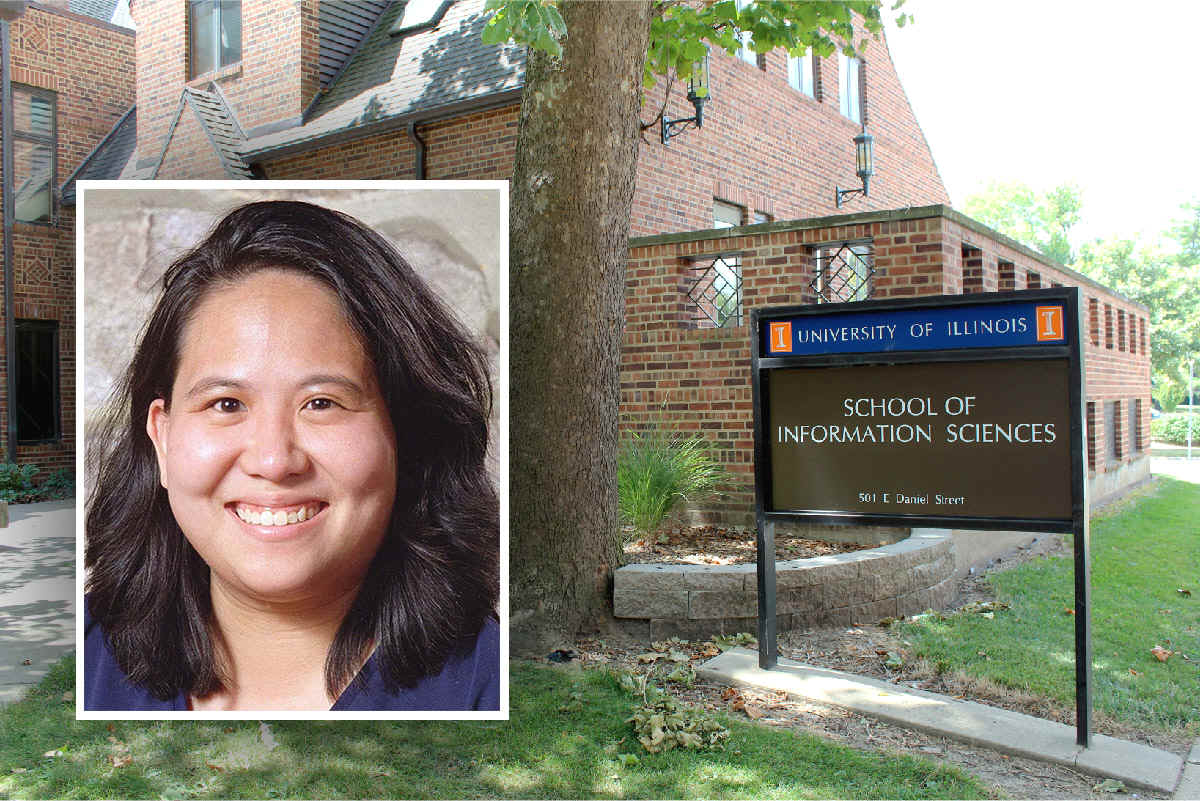





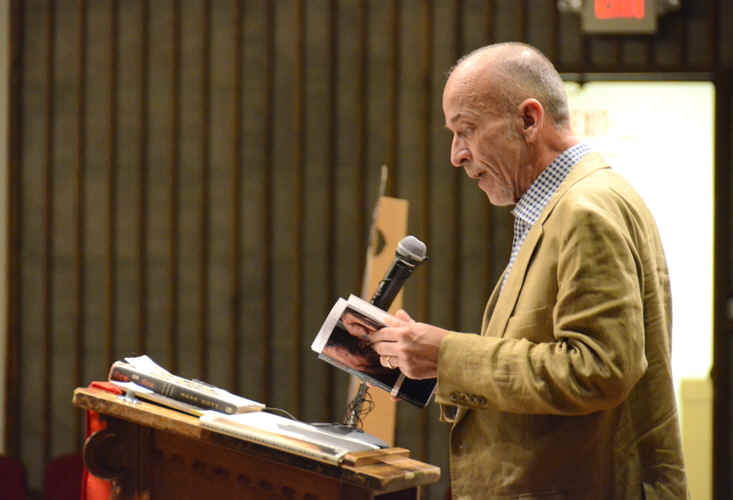
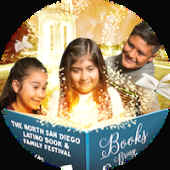
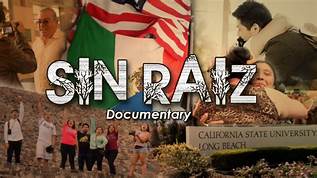
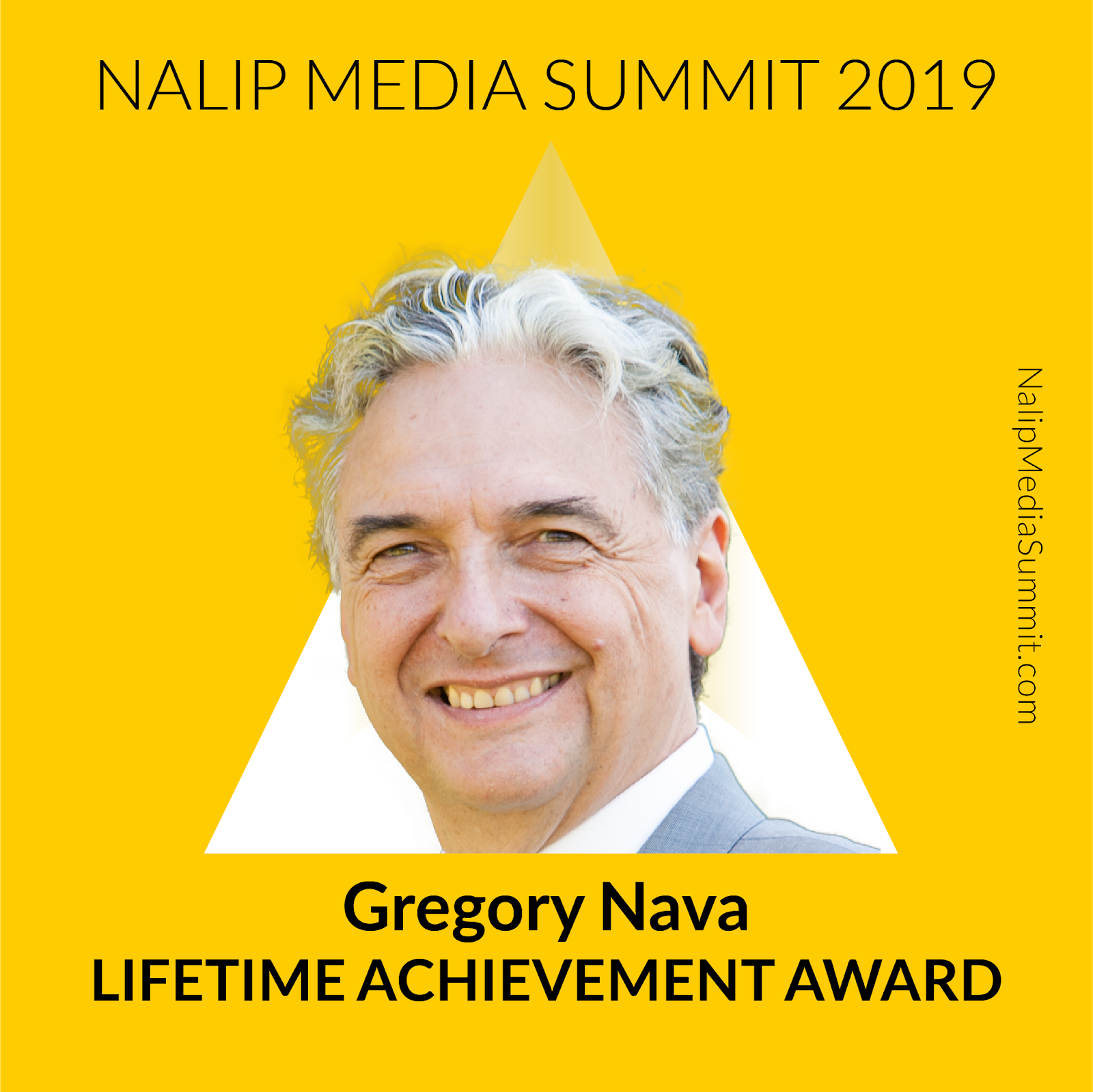


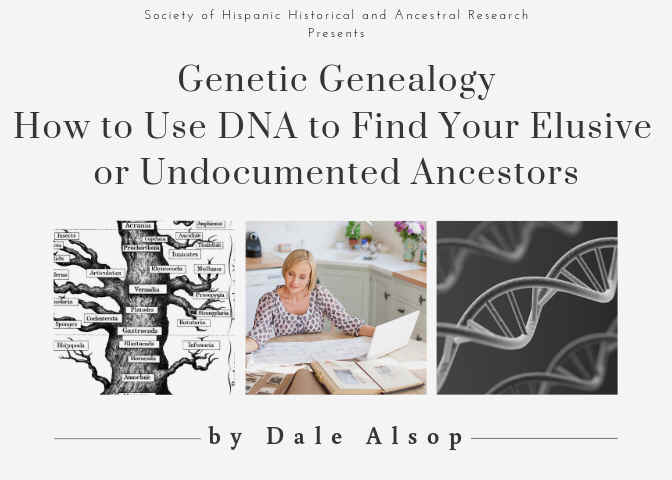
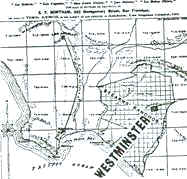
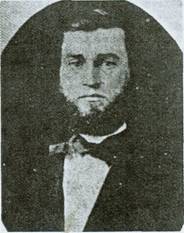
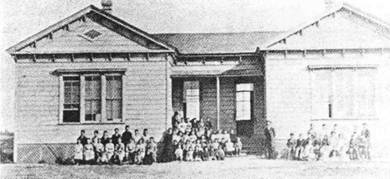
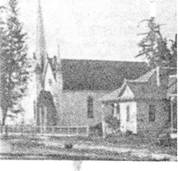 The second decade was one of
continuing development. This agricultural community had overcome swamps
and tules and a rainy season that
flooded the region due to the lack of any drainage system. The Drainage
Act of 1881 turned thousands of acres into productive soil and opened the
most thriving celery fields in the world.
The second decade was one of
continuing development. This agricultural community had overcome swamps
and tules and a rainy season that
flooded the region due to the lack of any drainage system. The Drainage
Act of 1881 turned thousands of acres into productive soil and opened the
most thriving celery fields in the world. The
Santa Fe and Southern Pacific railroads brought settlers from the
Missouri River to west coast for $15 and during the price wars, the
price went down to $1.00. Railroad travel marked a population and
land boom in all of in all of Southern California.
The
Santa Fe and Southern Pacific railroads brought settlers from the
Missouri River to west coast for $15 and during the price wars, the
price went down to $1.00. Railroad travel marked a population and
land boom in all of in all of Southern California.
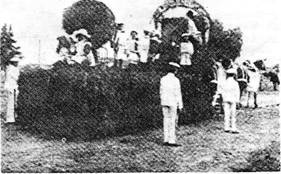

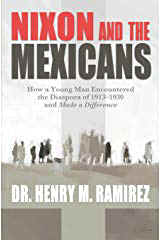
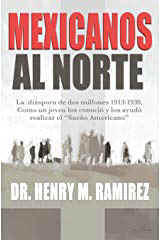

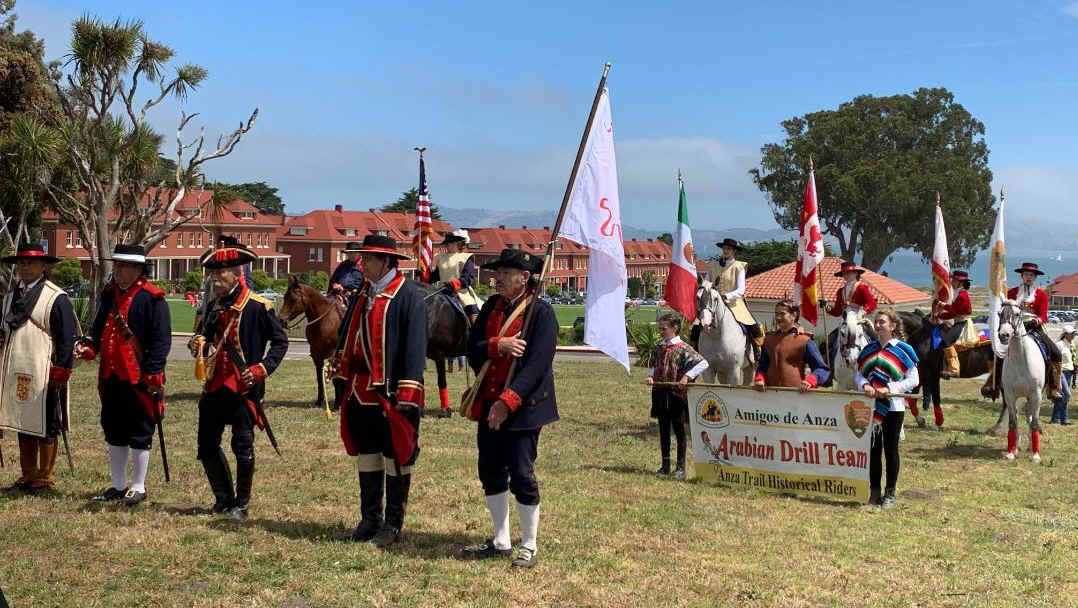
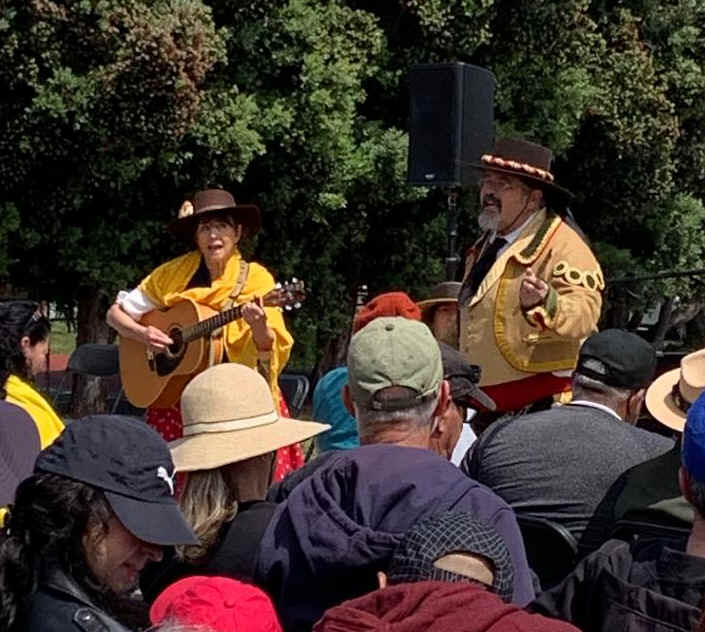
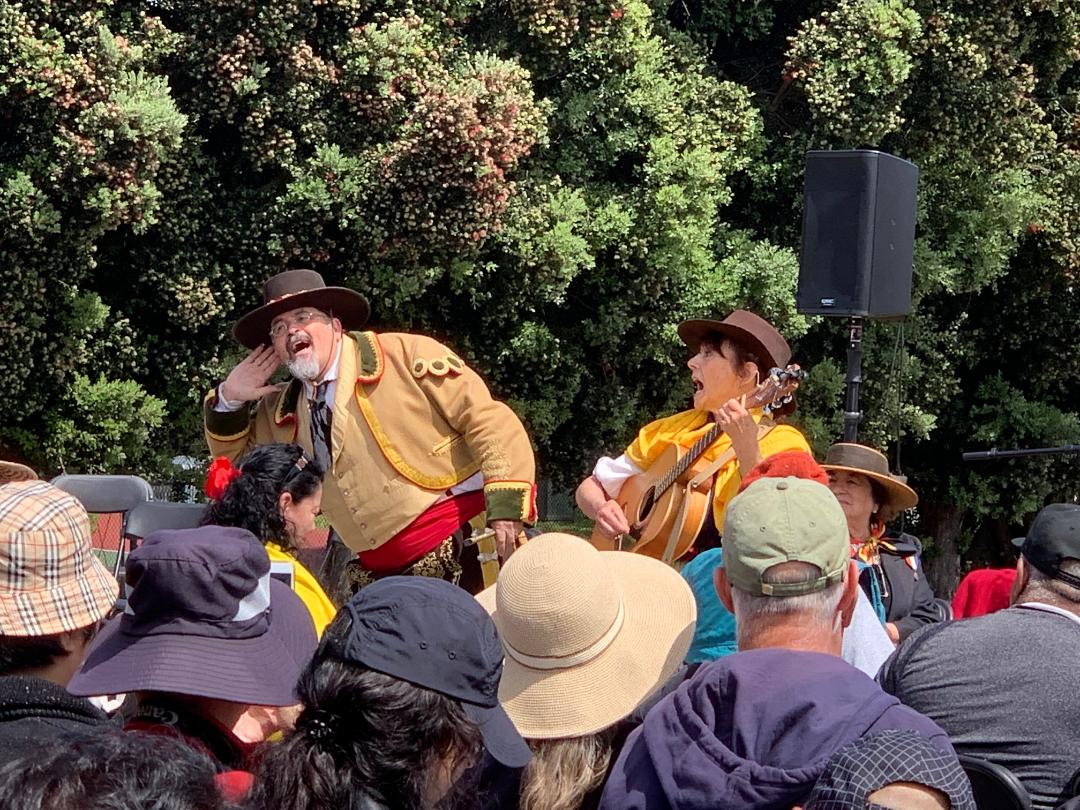
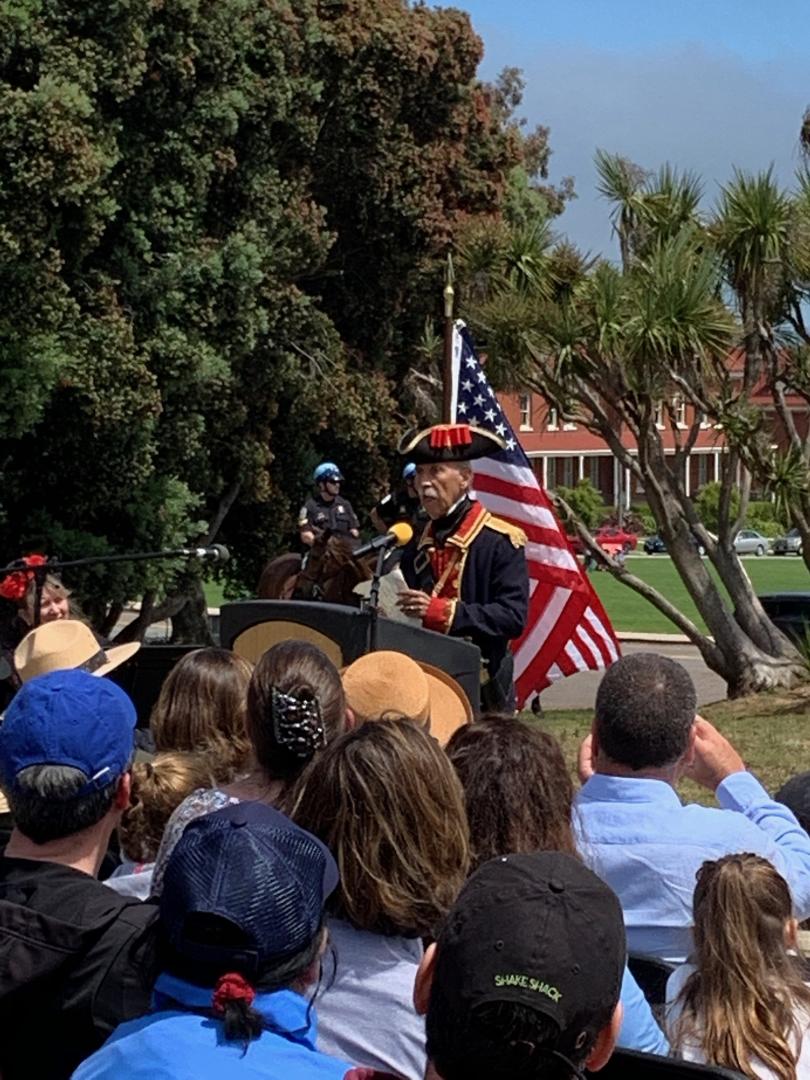
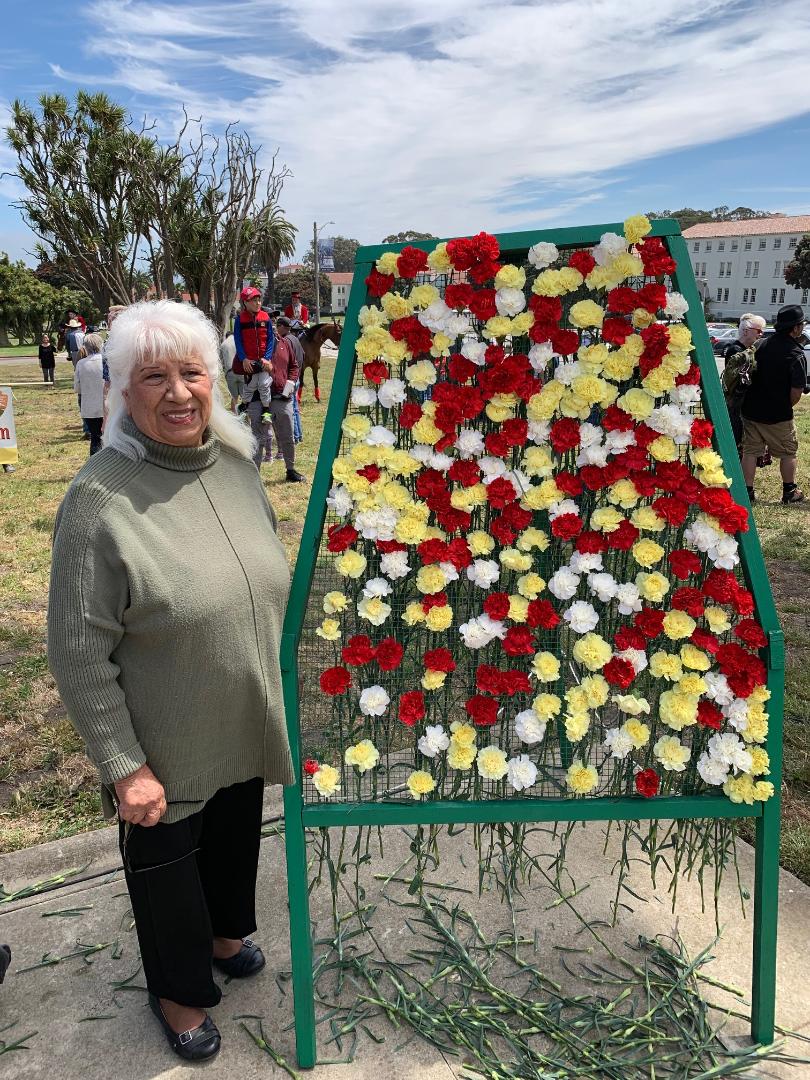
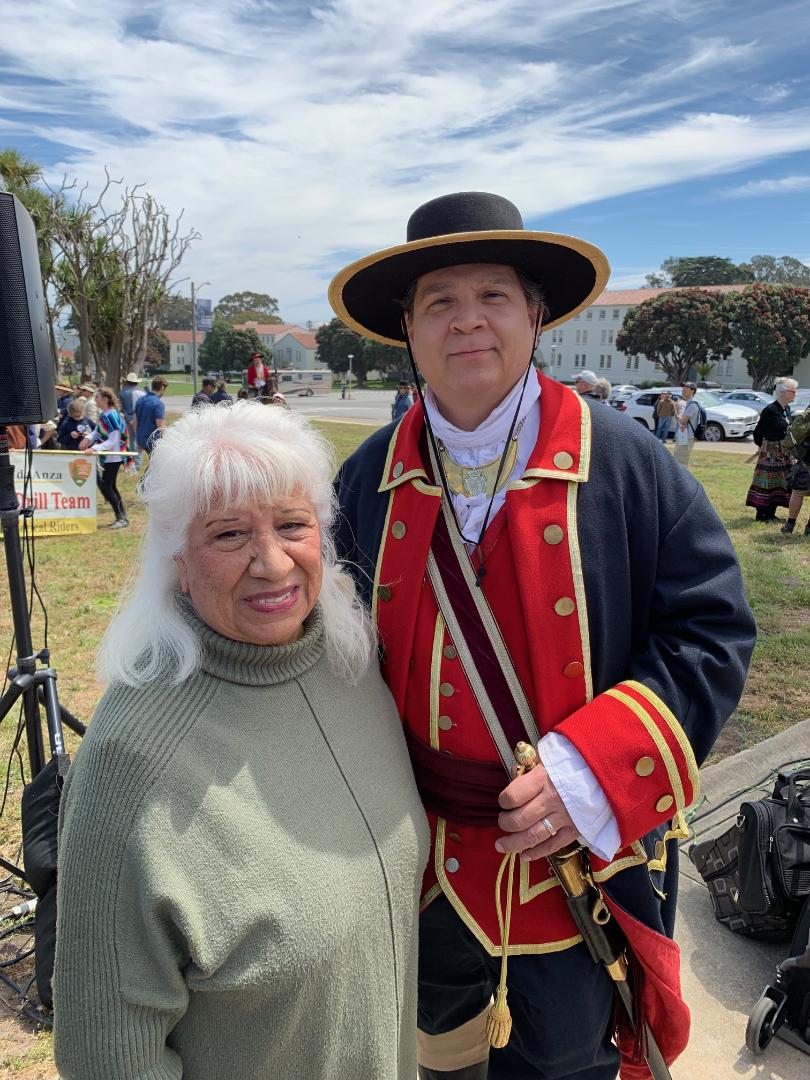
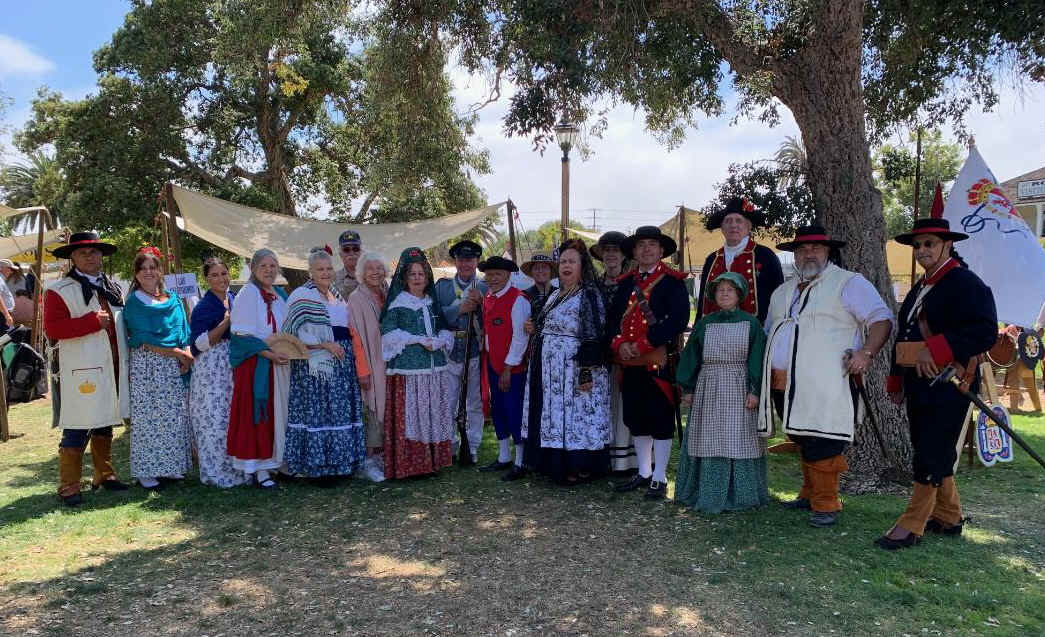
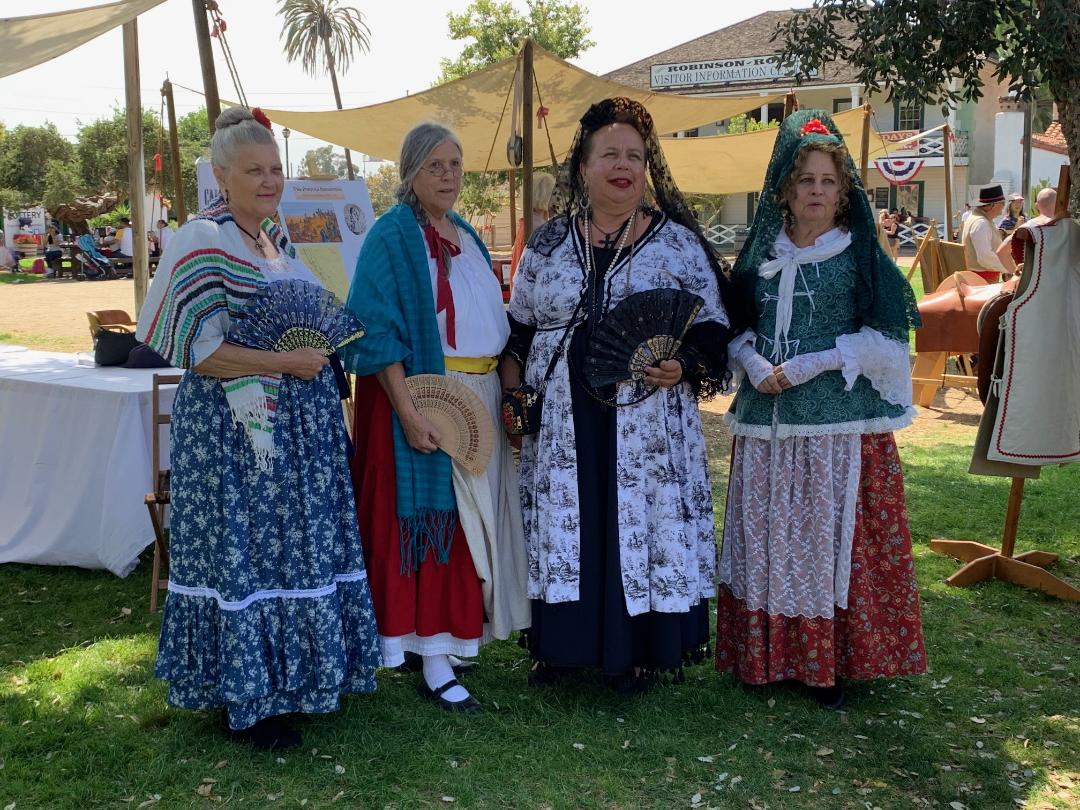
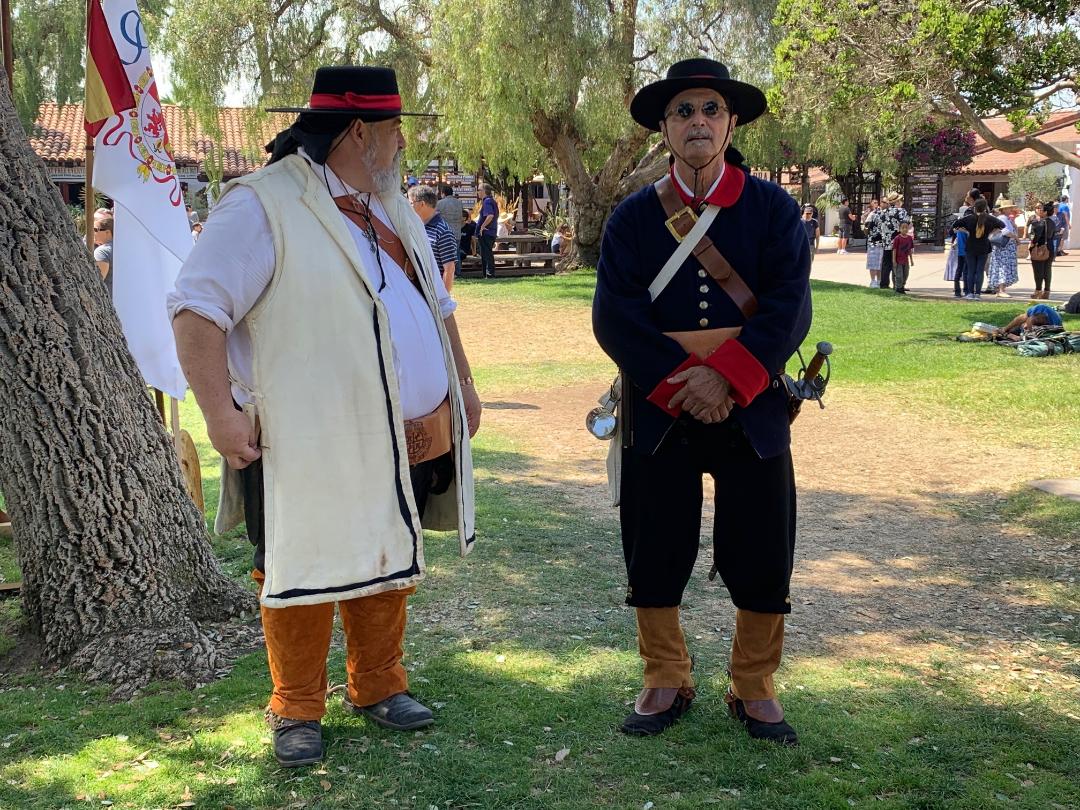
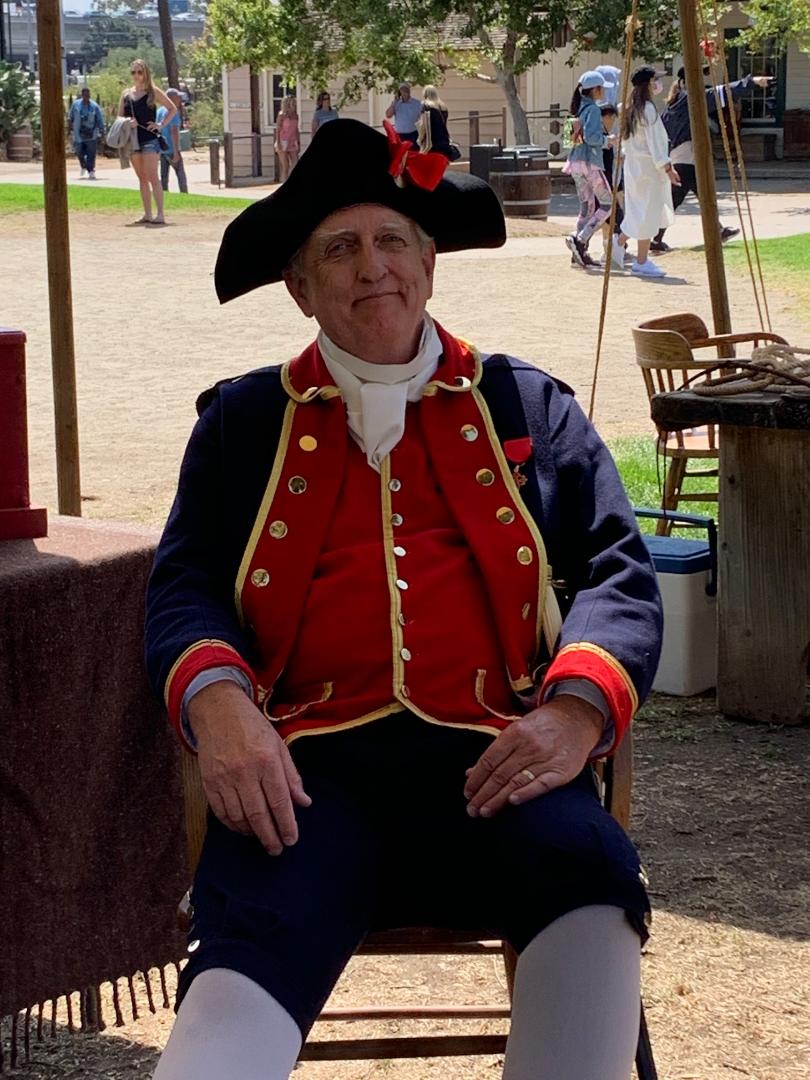
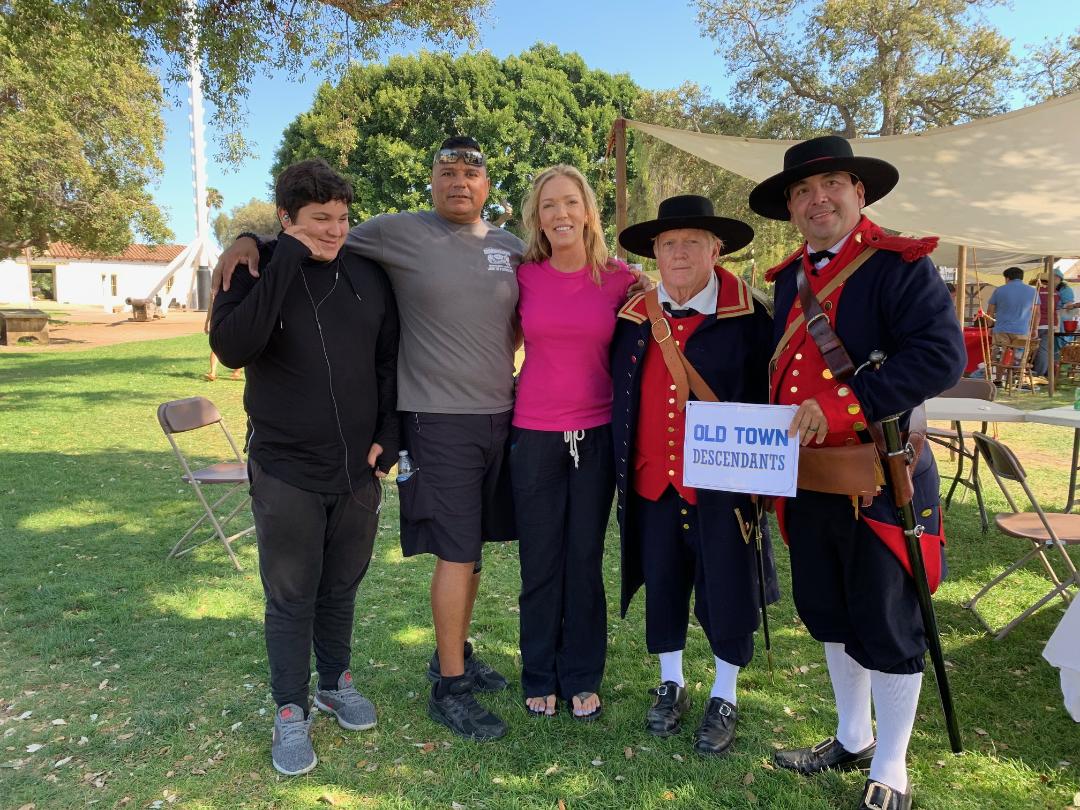
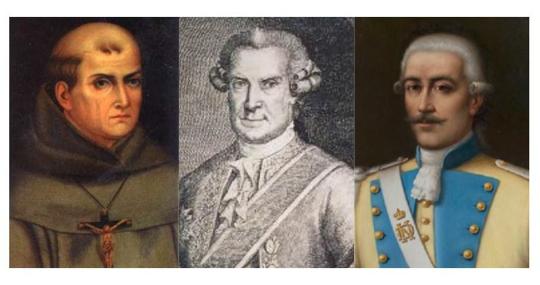
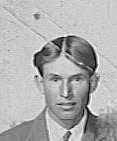
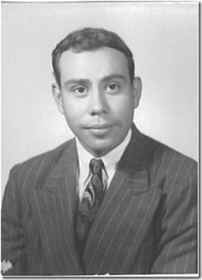 Juan Dolores Romero was born on May 13,
1933, in Roy, New Mexico, his father, Agustin Marcelino Romero, his
mother, Apolonia Arguello.
Juan Dolores Romero was born on May 13,
1933, in Roy, New Mexico, his father, Agustin Marcelino Romero, his
mother, Apolonia Arguello.
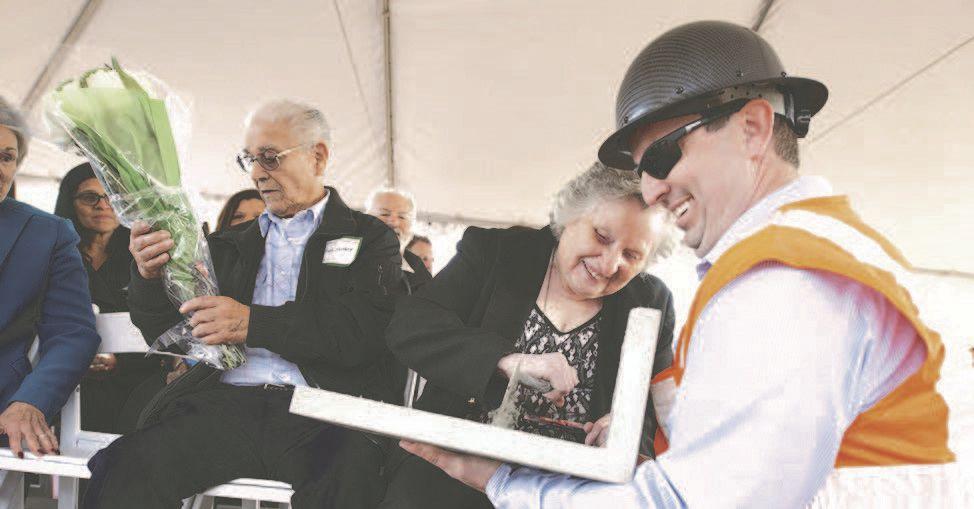

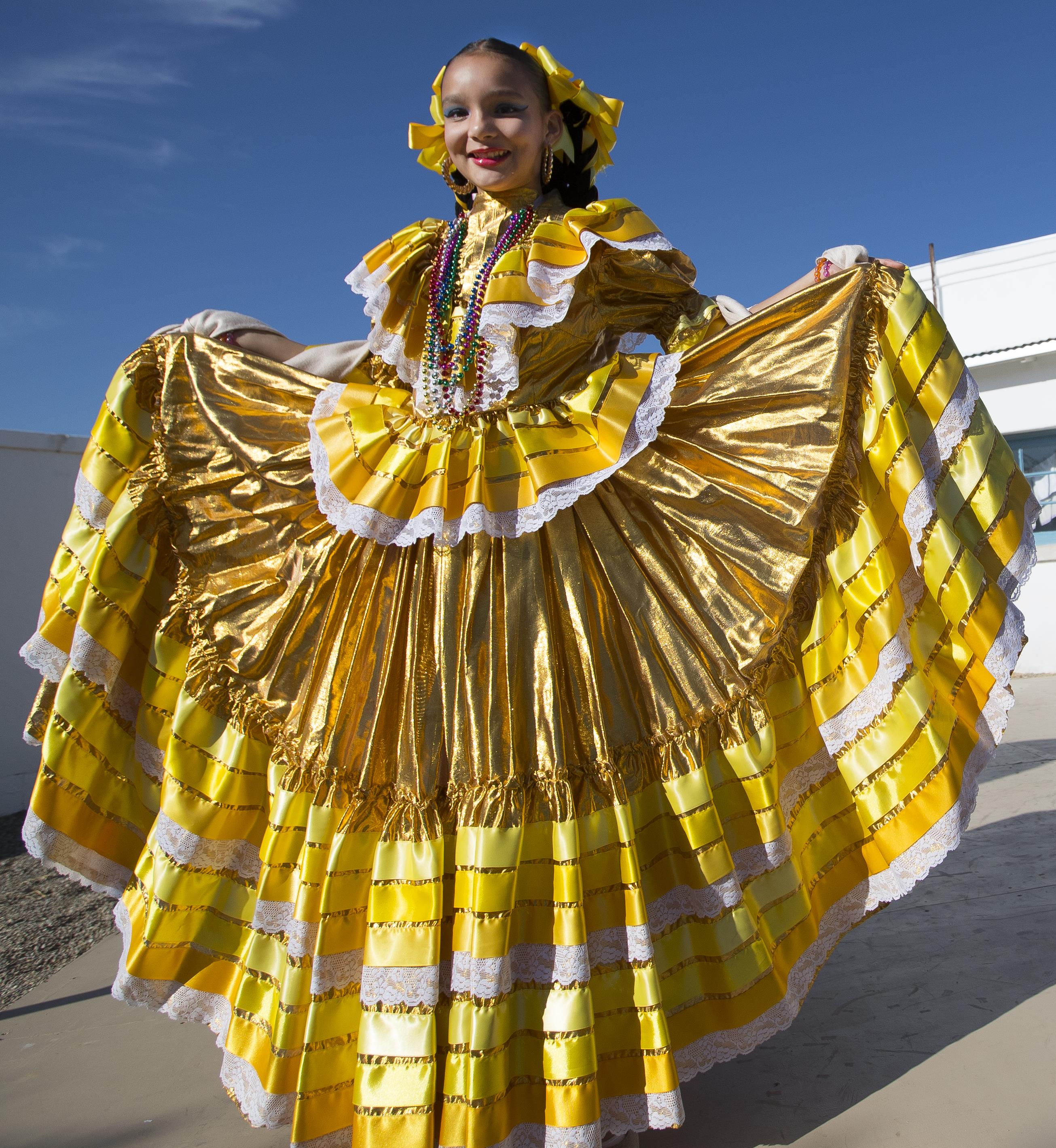
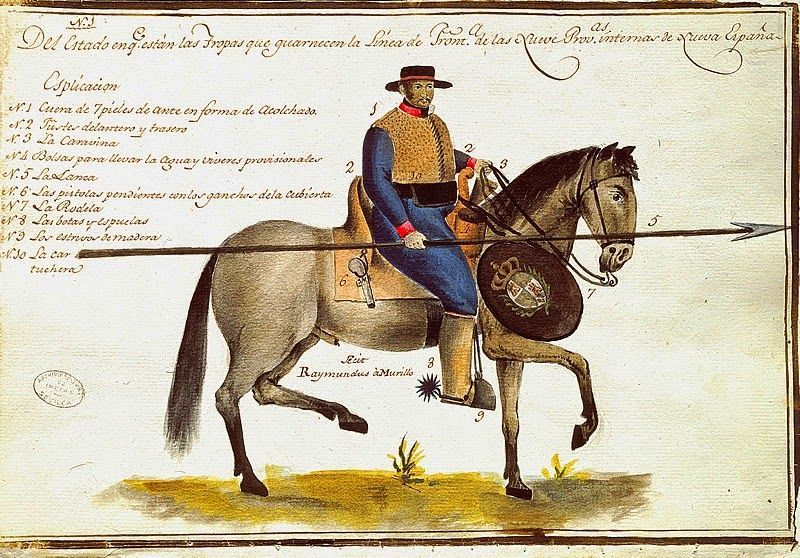
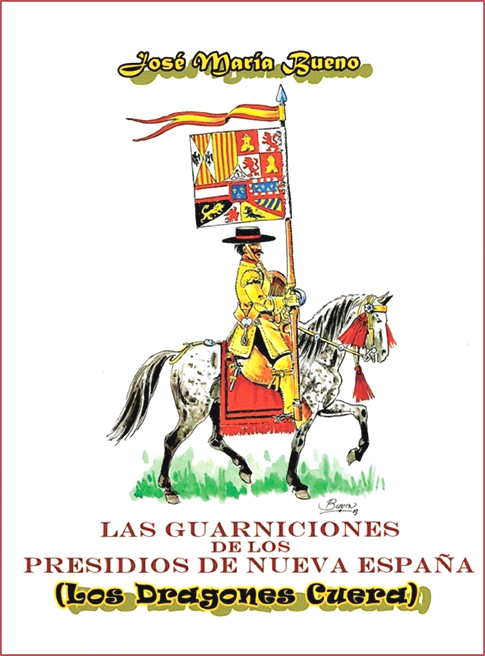
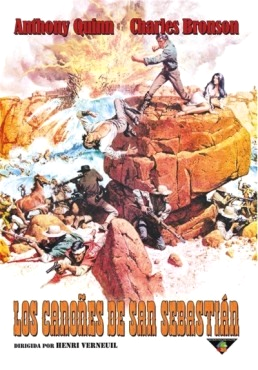
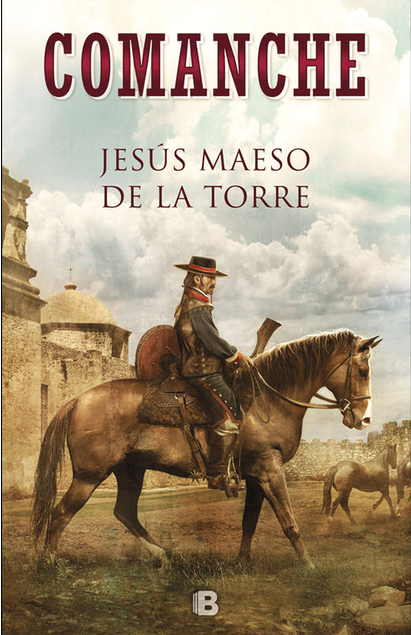
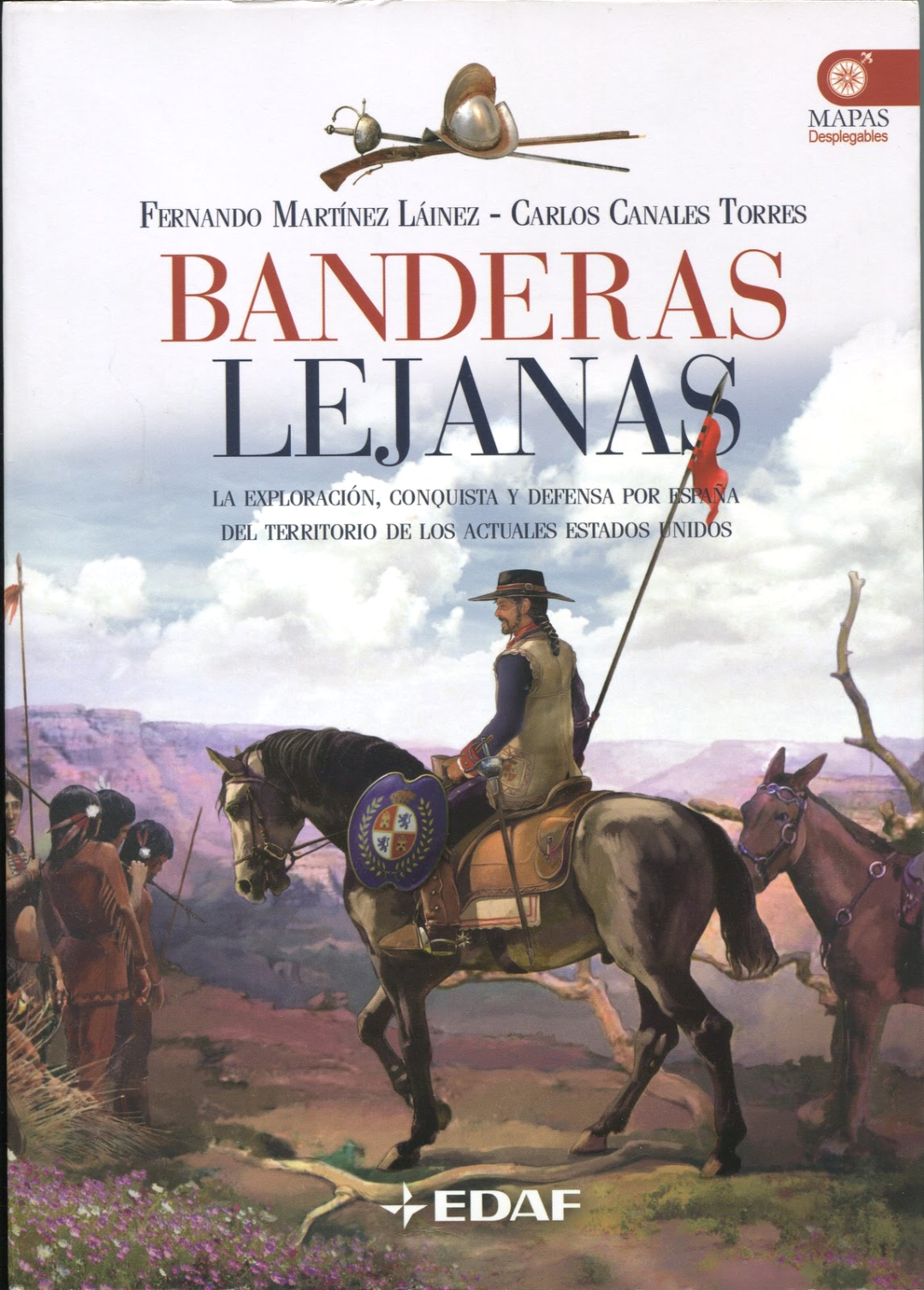
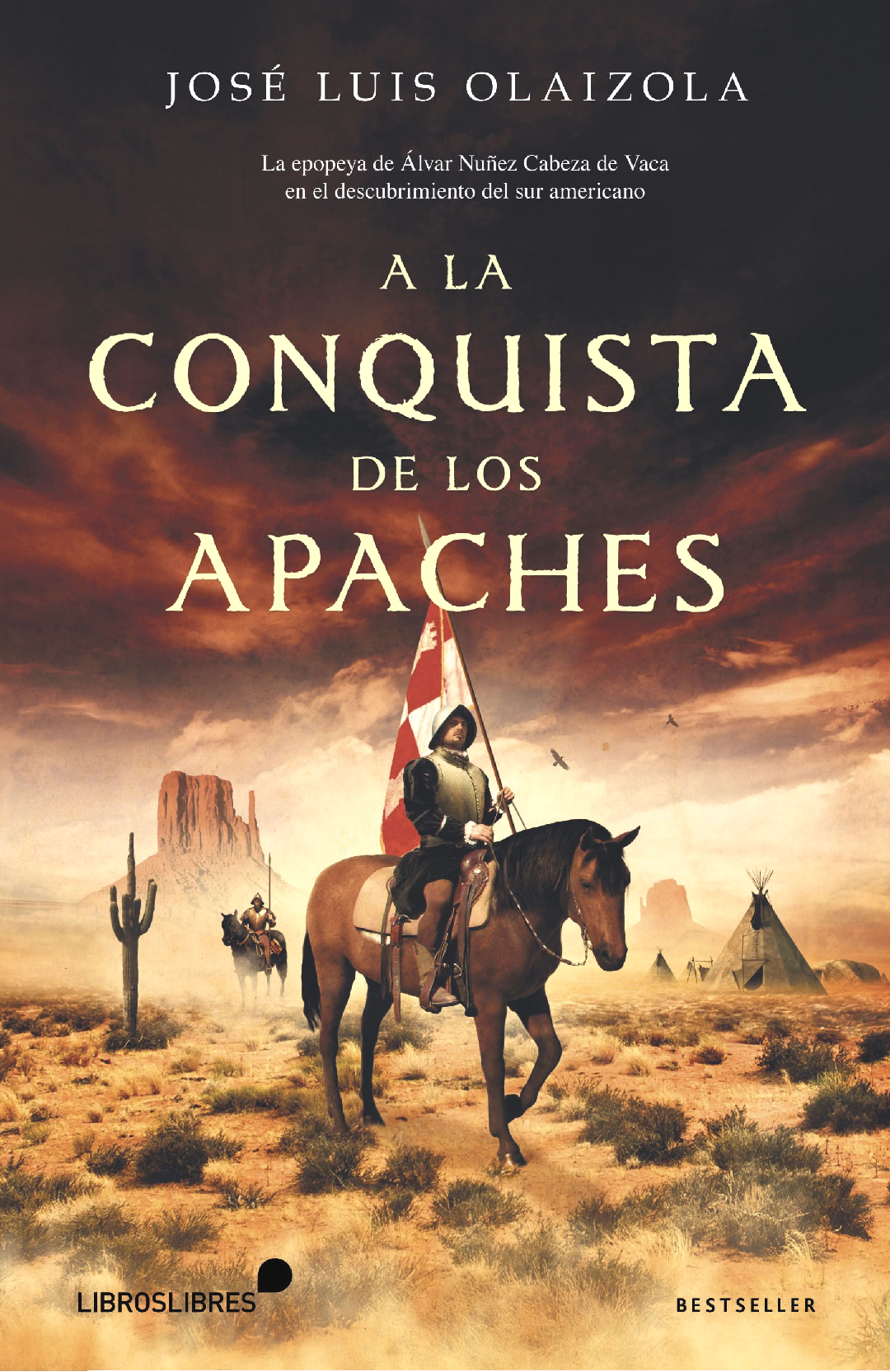

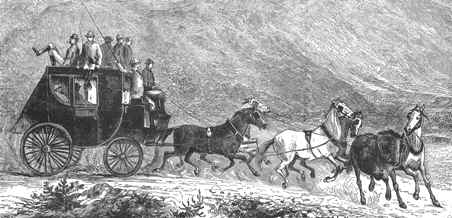
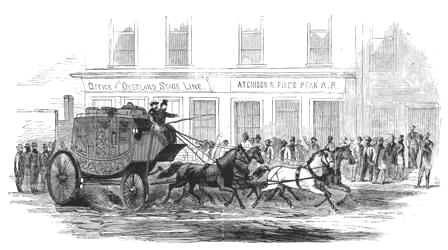
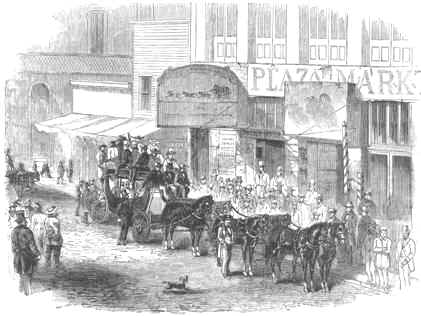
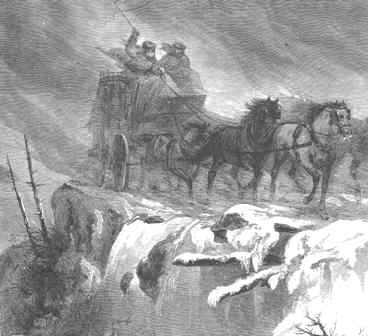







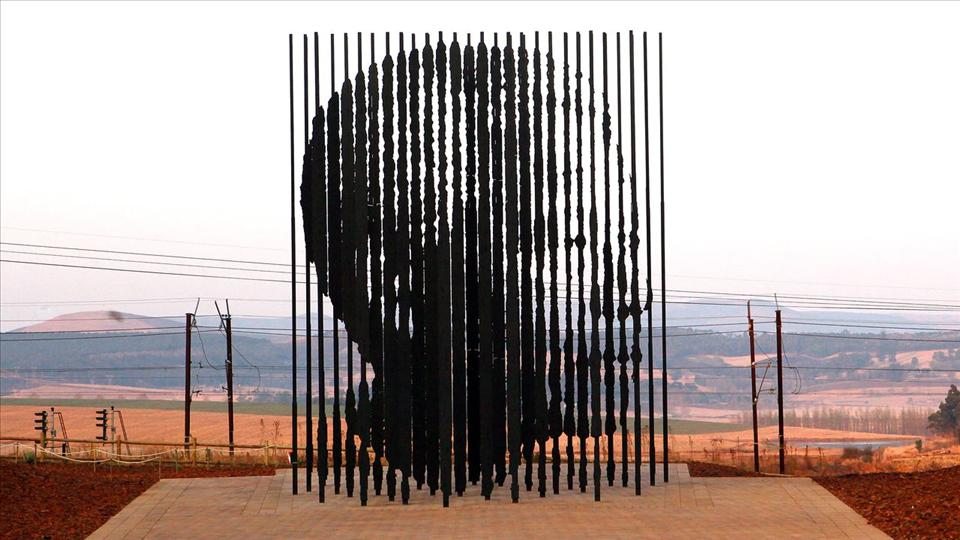
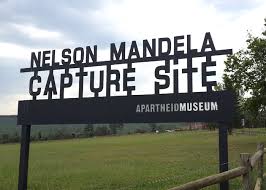 In
2017, along with Louise, we went back to South Africa for the most
remarkable trip of our lives. One of the most amazing places we
visited was the Mandela Capture Site near Pietermaritzburg. On
August 5, 1962, Mandela was captured and spent the next 27 years
behind bars. On the 50th anniversary of this sad event the artist
Marco Cianfanelli created the Nelson Mandela Capture sculpture that
is comprise of 50 steel columns, each one is 31 feet tall. The only
place you can see Mandela image is where we are standing and it is
breathtaking!
In
2017, along with Louise, we went back to South Africa for the most
remarkable trip of our lives. One of the most amazing places we
visited was the Mandela Capture Site near Pietermaritzburg. On
August 5, 1962, Mandela was captured and spent the next 27 years
behind bars. On the 50th anniversary of this sad event the artist
Marco Cianfanelli created the Nelson Mandela Capture sculpture that
is comprise of 50 steel columns, each one is 31 feet tall. The only
place you can see Mandela image is where we are standing and it is
breathtaking!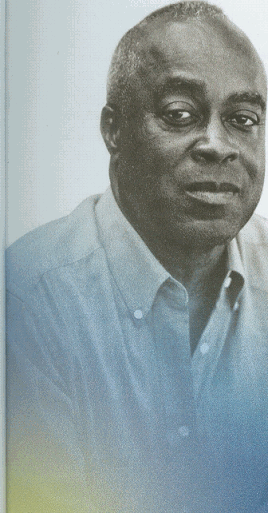
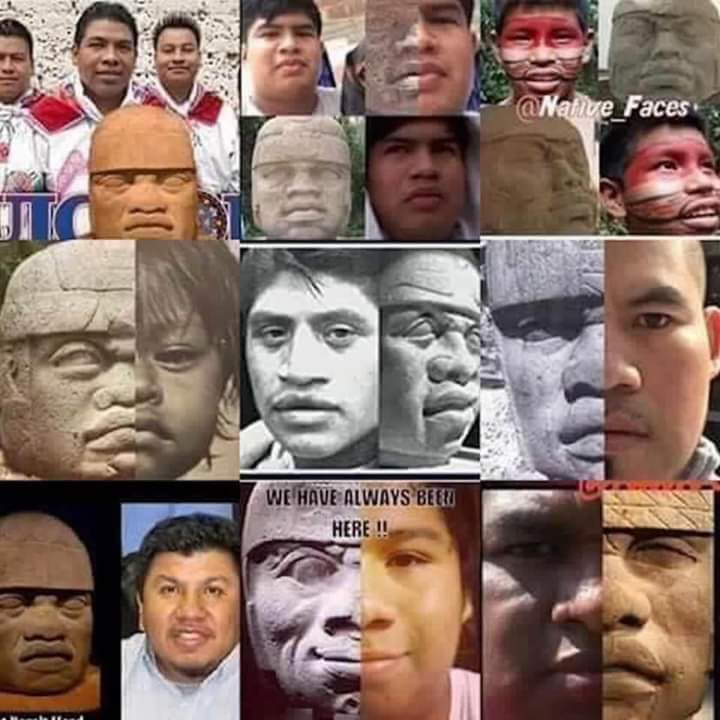
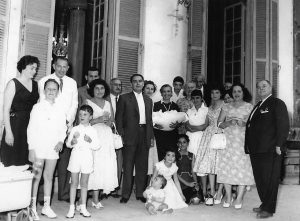

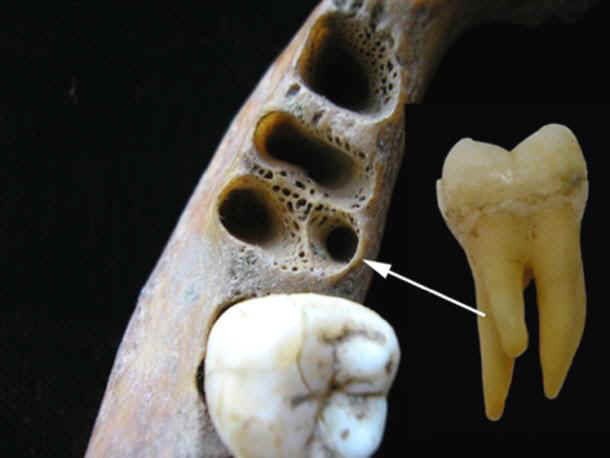
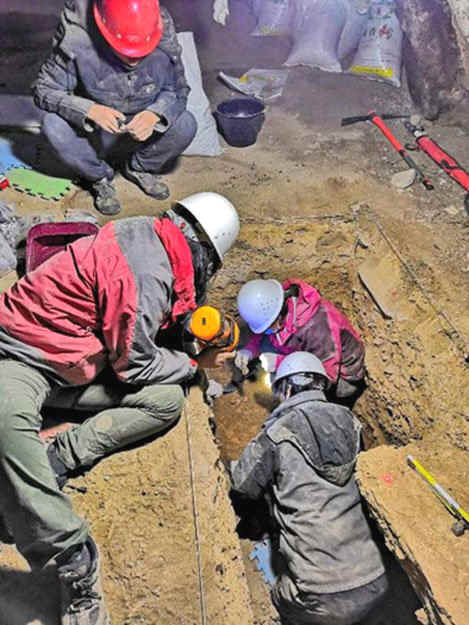
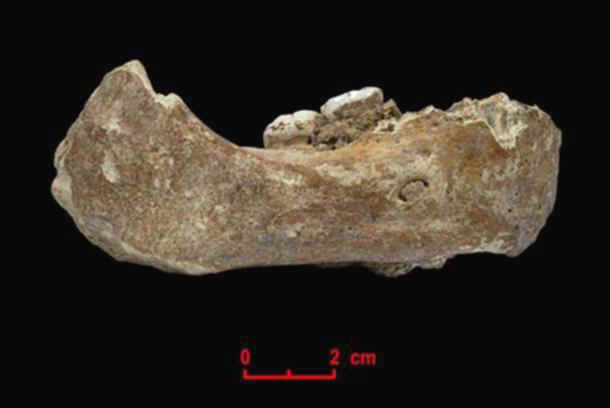
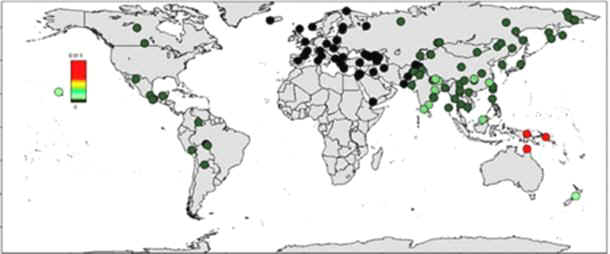
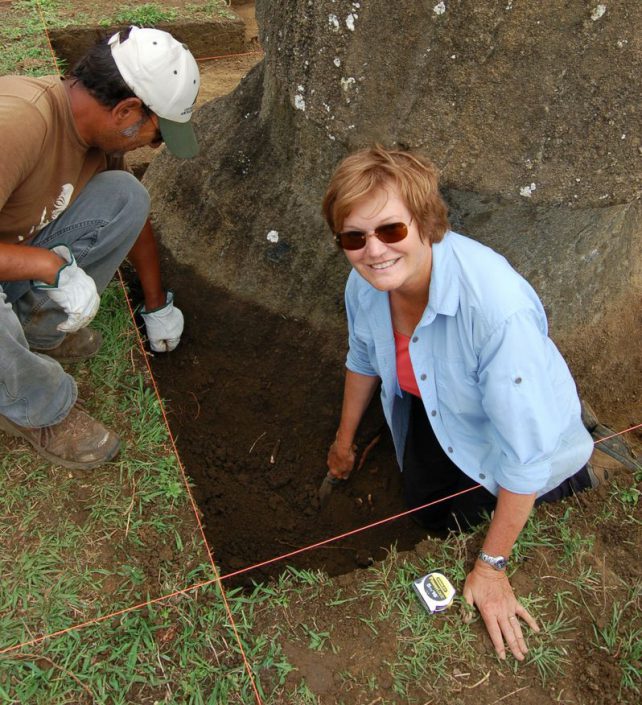
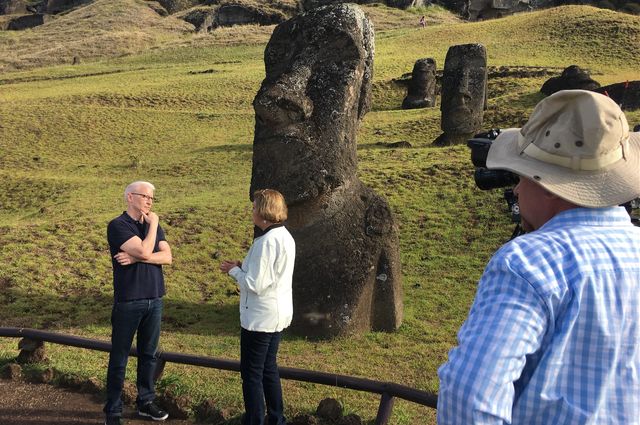
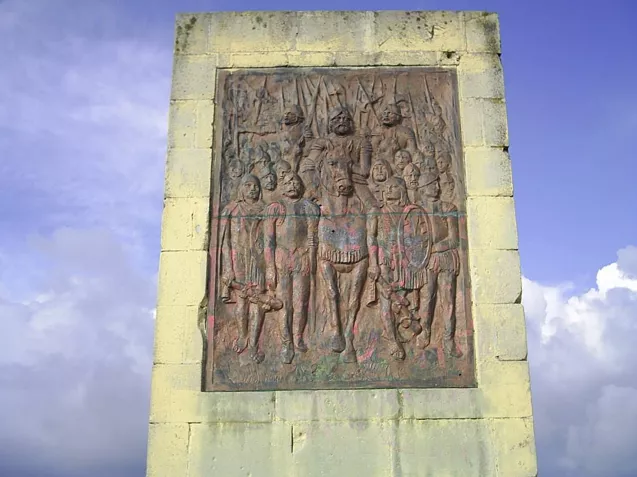
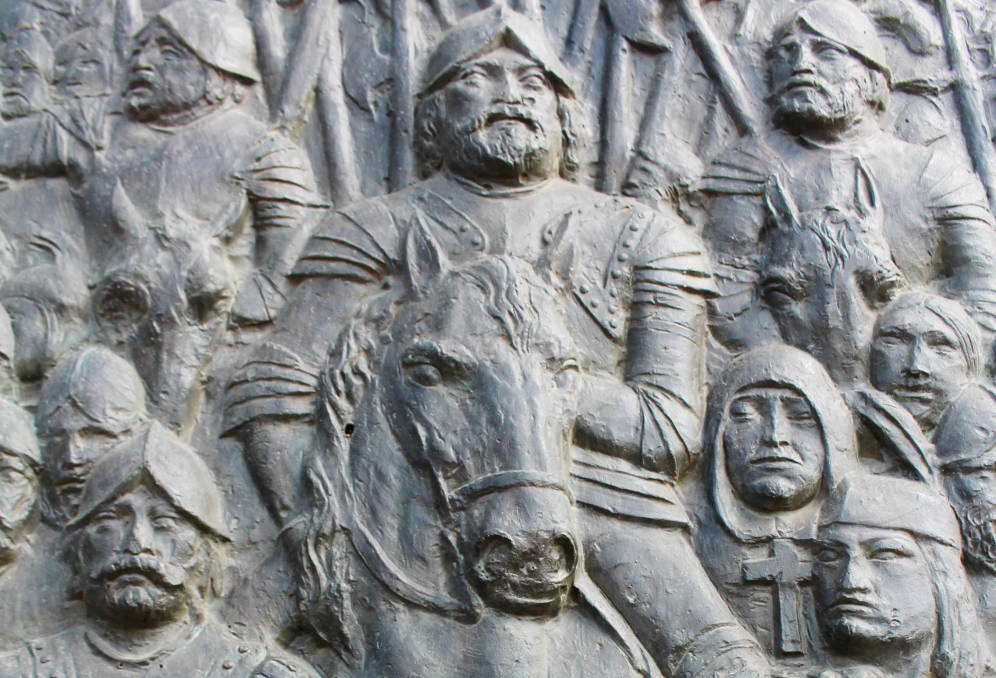
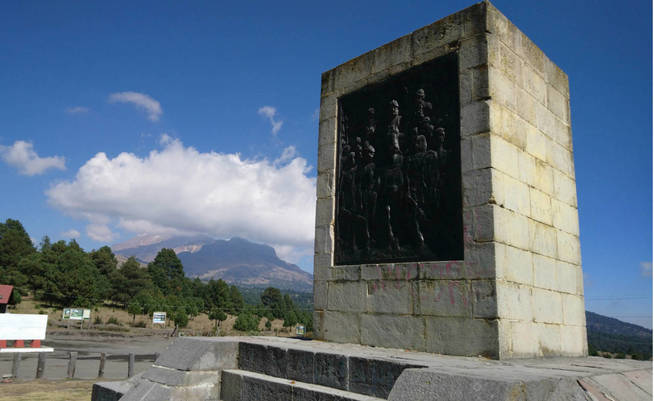
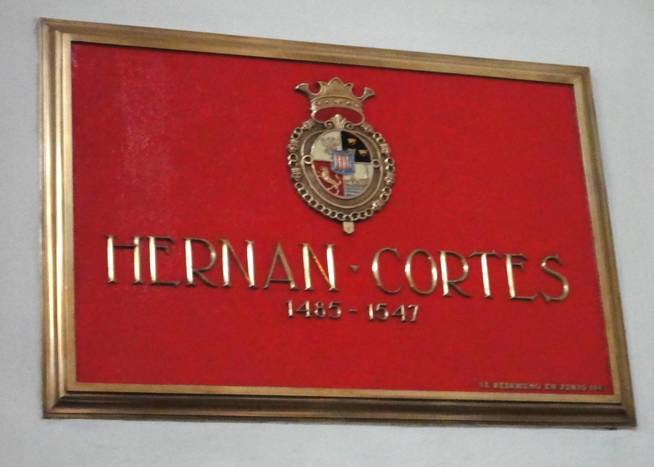
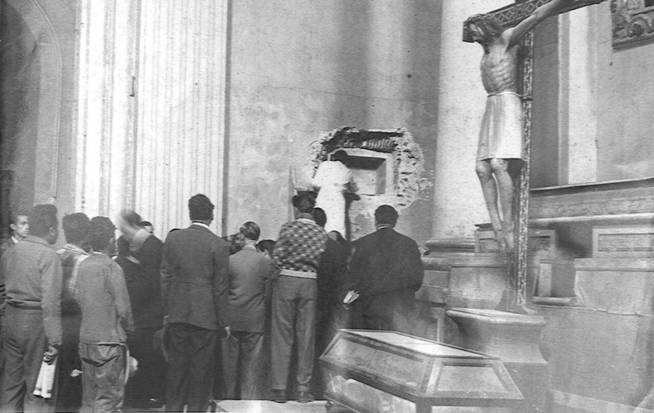
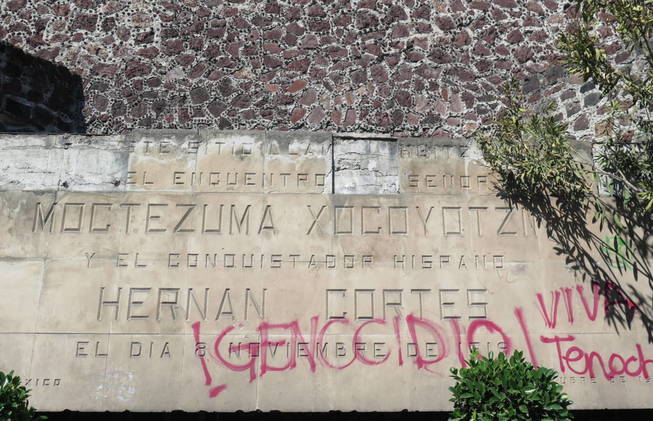


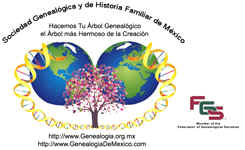
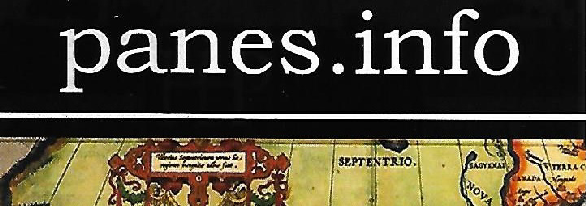
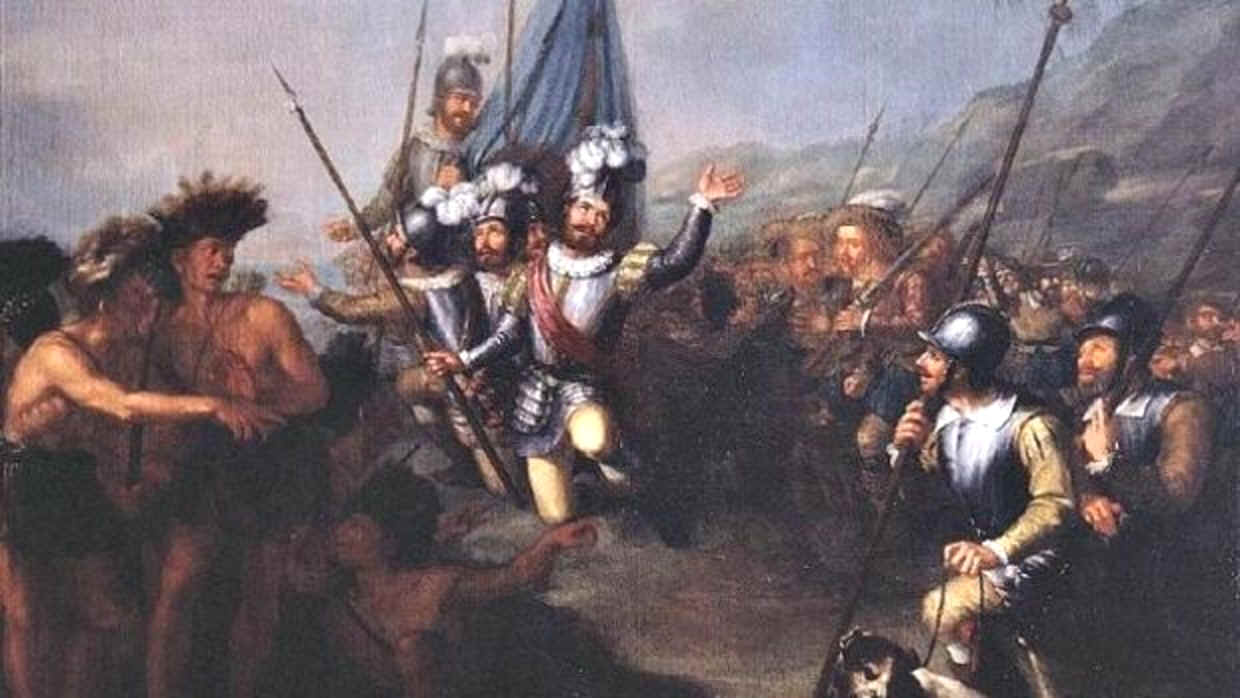

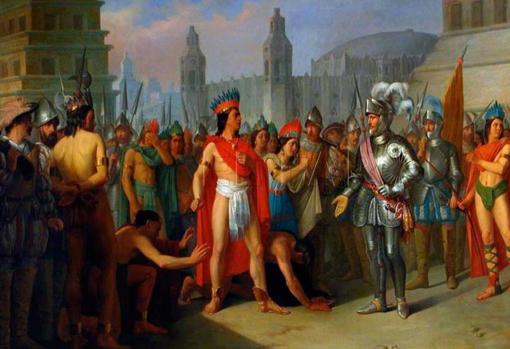
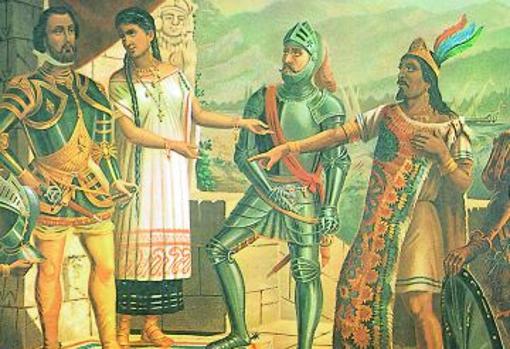
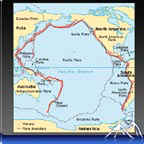

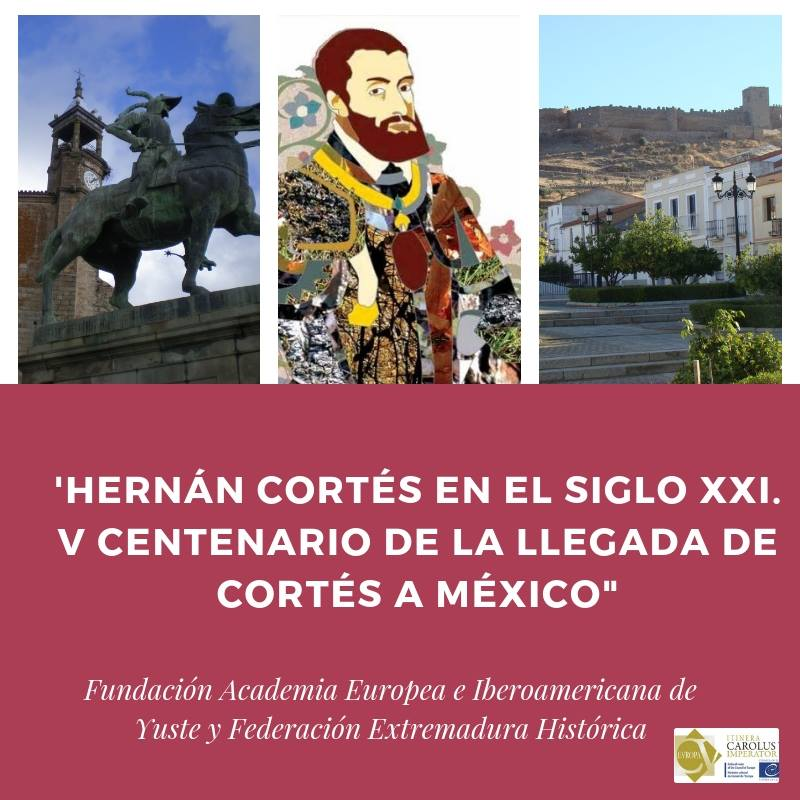
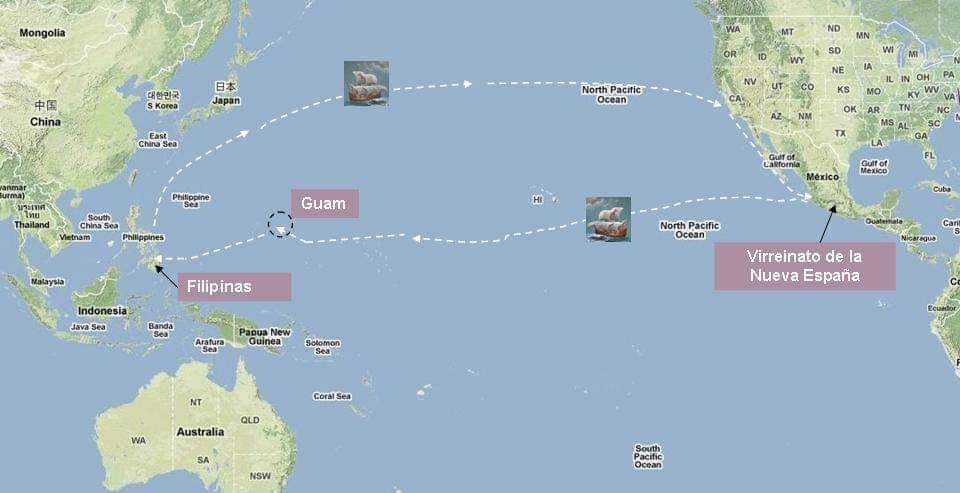
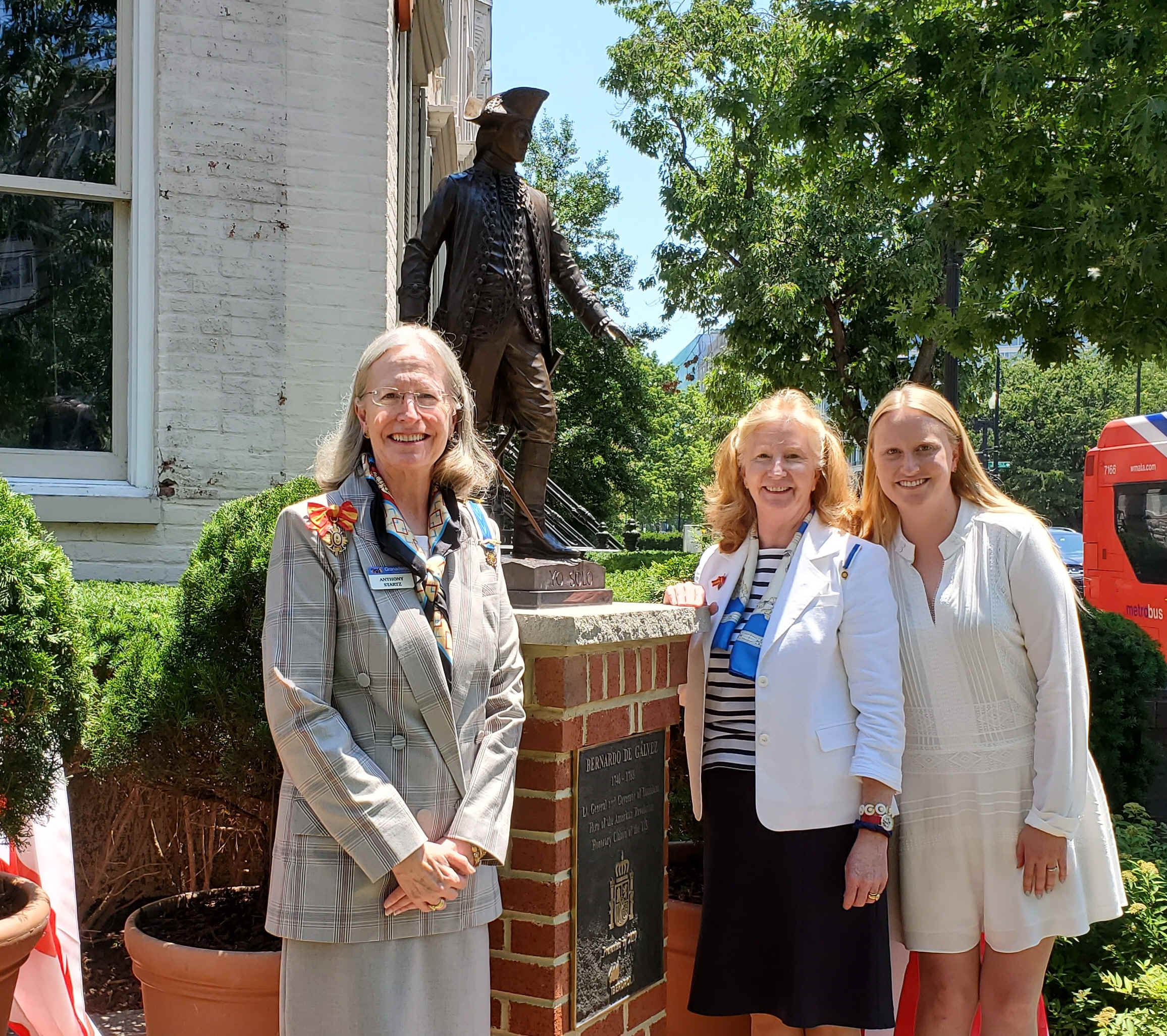
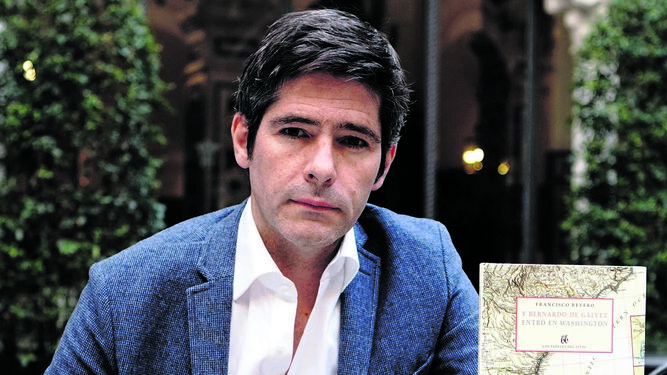
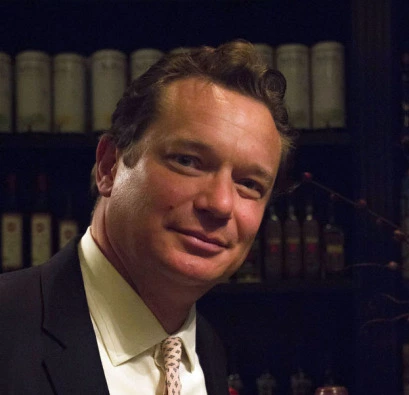 Robert Goodwin no oculta su amor por España. El historiador
británico afincado en Londres ha escrito sobre el imperio español
y el Siglo de Oro en su obra: España, centro del mundo, 1519-1682
(La esfera de los libros). Es un relato perfecto para aquellos que
quieren iniciarse en la historia de la España imperial.
Robert Goodwin no oculta su amor por España. El historiador
británico afincado en Londres ha escrito sobre el imperio español
y el Siglo de Oro en su obra: España, centro del mundo, 1519-1682
(La esfera de los libros). Es un relato perfecto para aquellos que
quieren iniciarse en la historia de la España imperial.
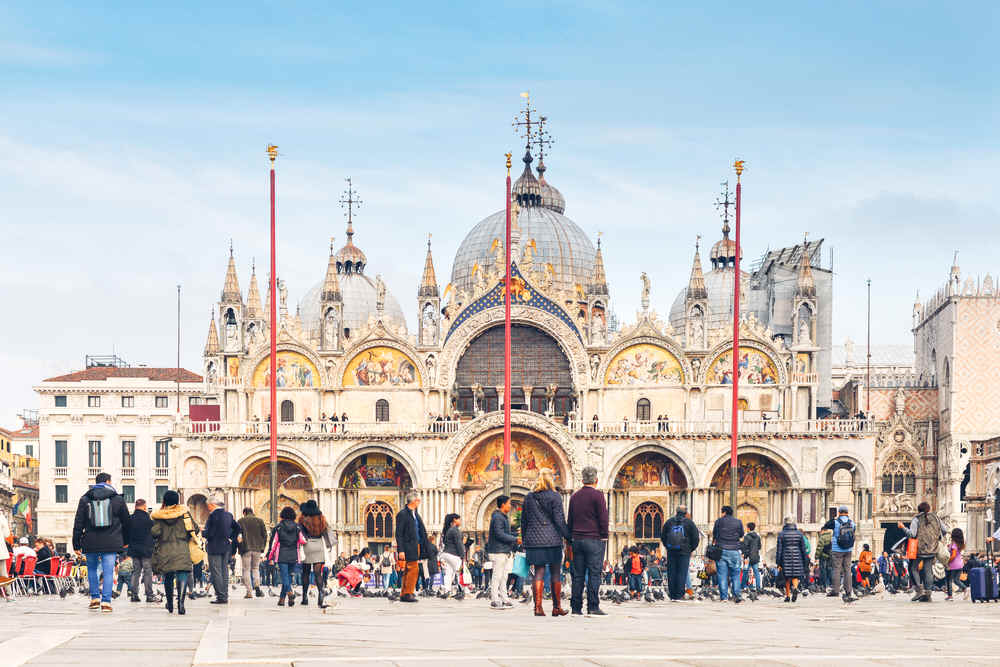
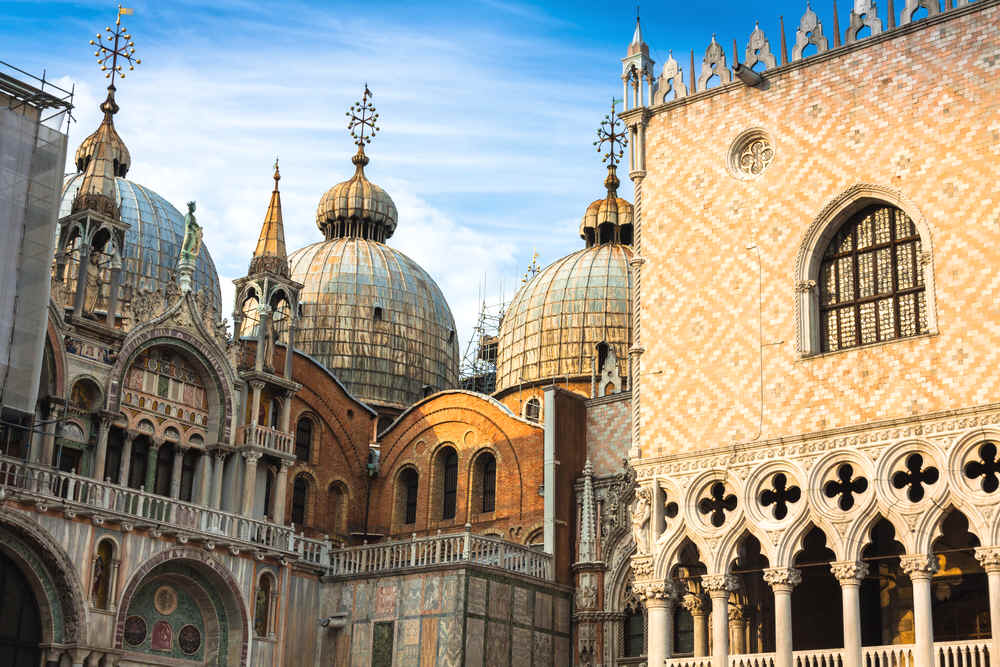
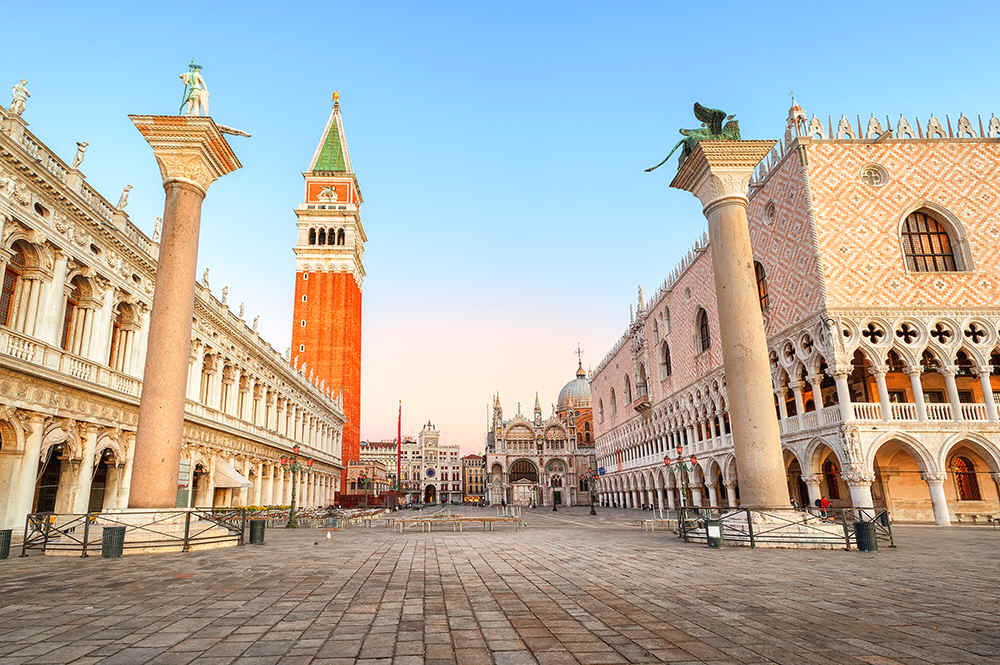
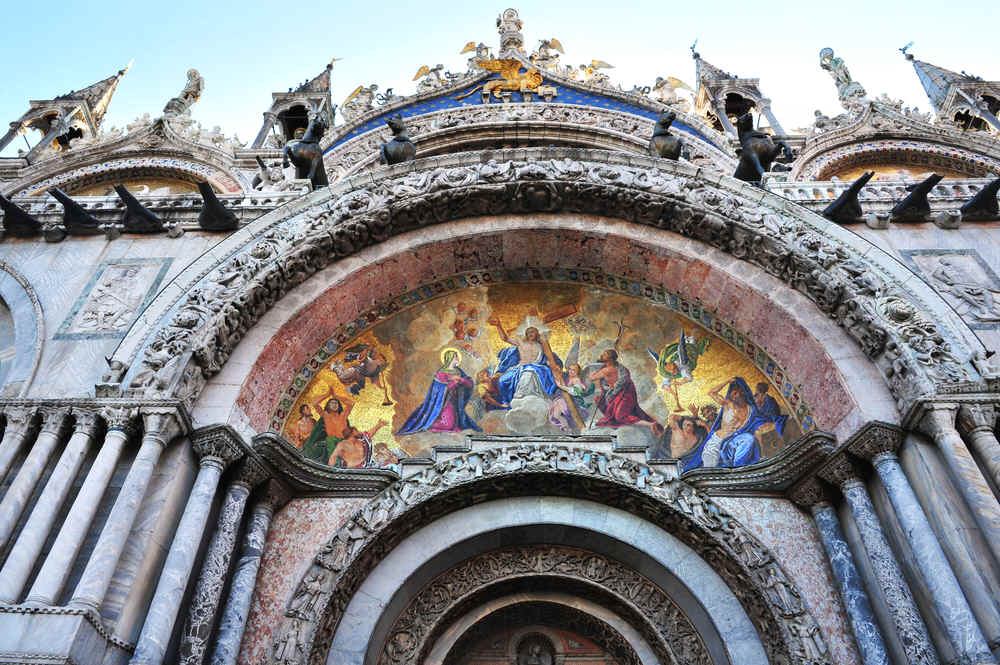

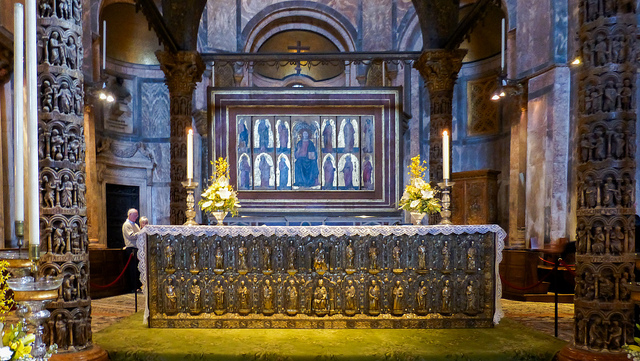
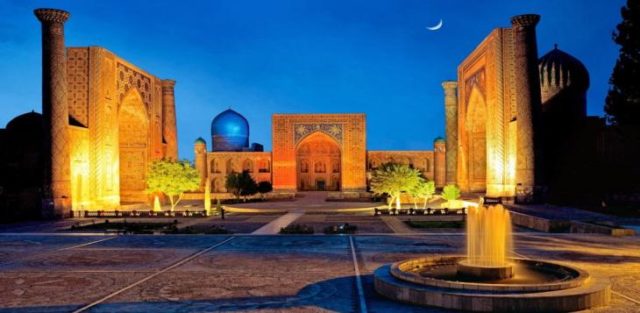
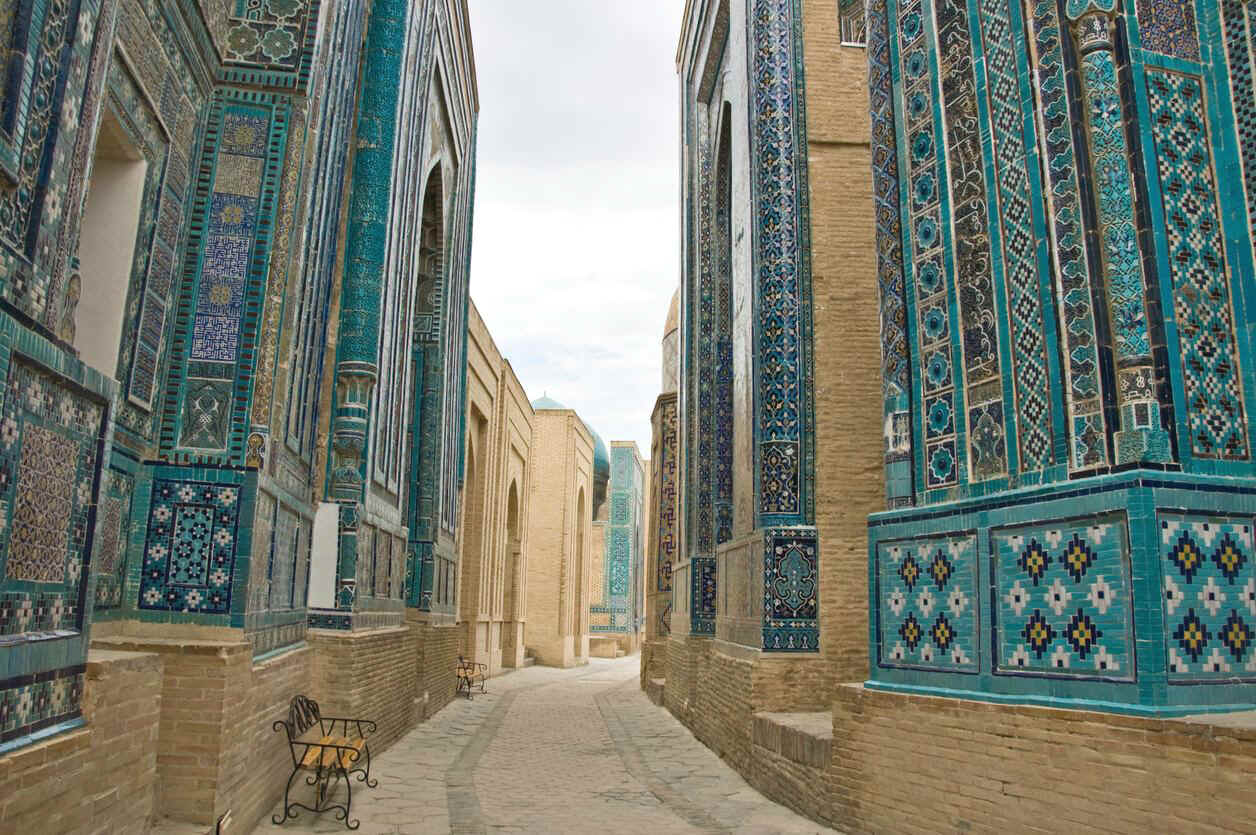

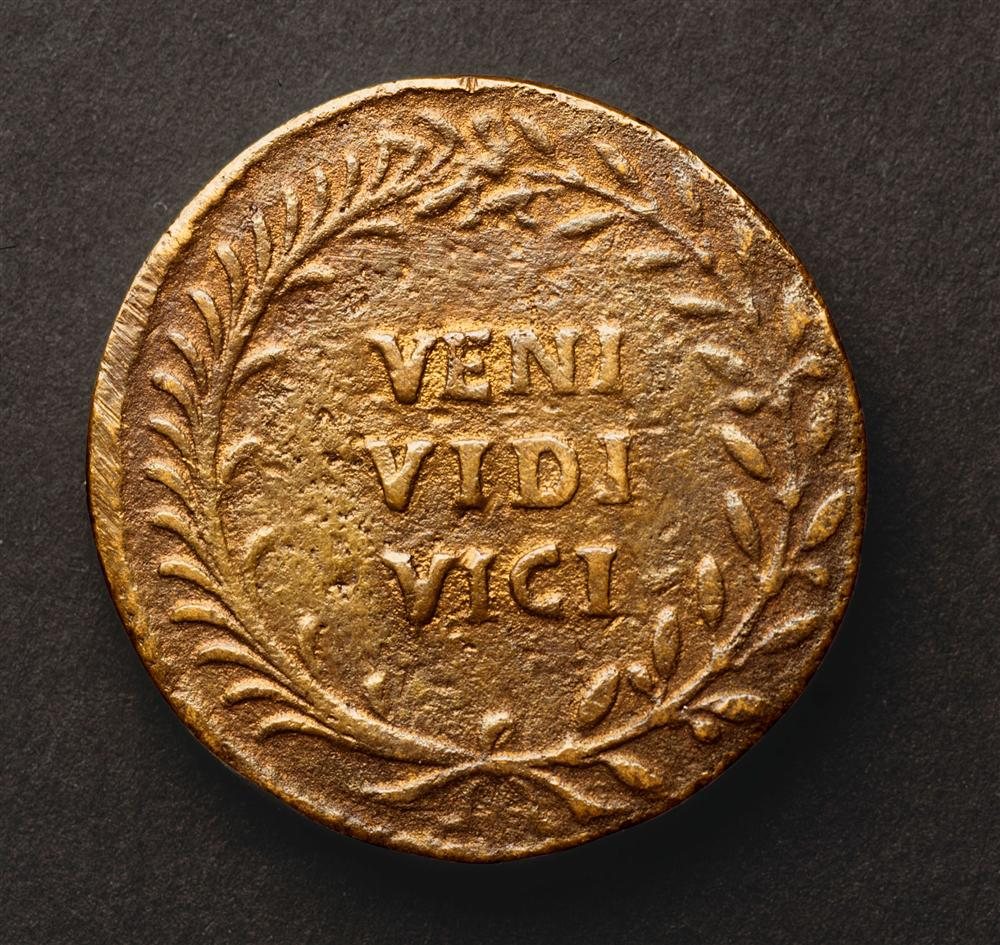

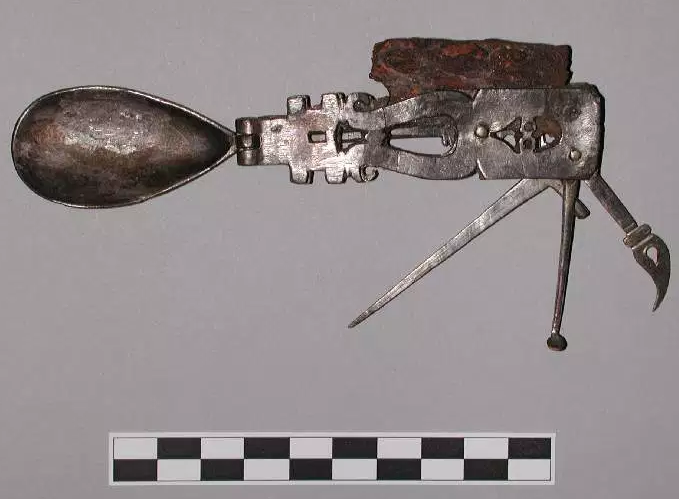
 During
her daily devotional, Subbaravamma, reportedly past the age of 60,
was brutally bludgeoned to death. According to
During
her daily devotional, Subbaravamma, reportedly past the age of 60,
was brutally bludgeoned to death. According to  Last
week, a top Hamas leader called for his Palestinian brethren
around the world to commence hostility against “every Jew on the
globe by way of slaughter and killing.” Senior Hamas leader
Fathi Hammad made the disturbing remarks during a rally at the
Israel-Gaza border.
Last
week, a top Hamas leader called for his Palestinian brethren
around the world to commence hostility against “every Jew on the
globe by way of slaughter and killing.” Senior Hamas leader
Fathi Hammad made the disturbing remarks during a rally at the
Israel-Gaza border.
